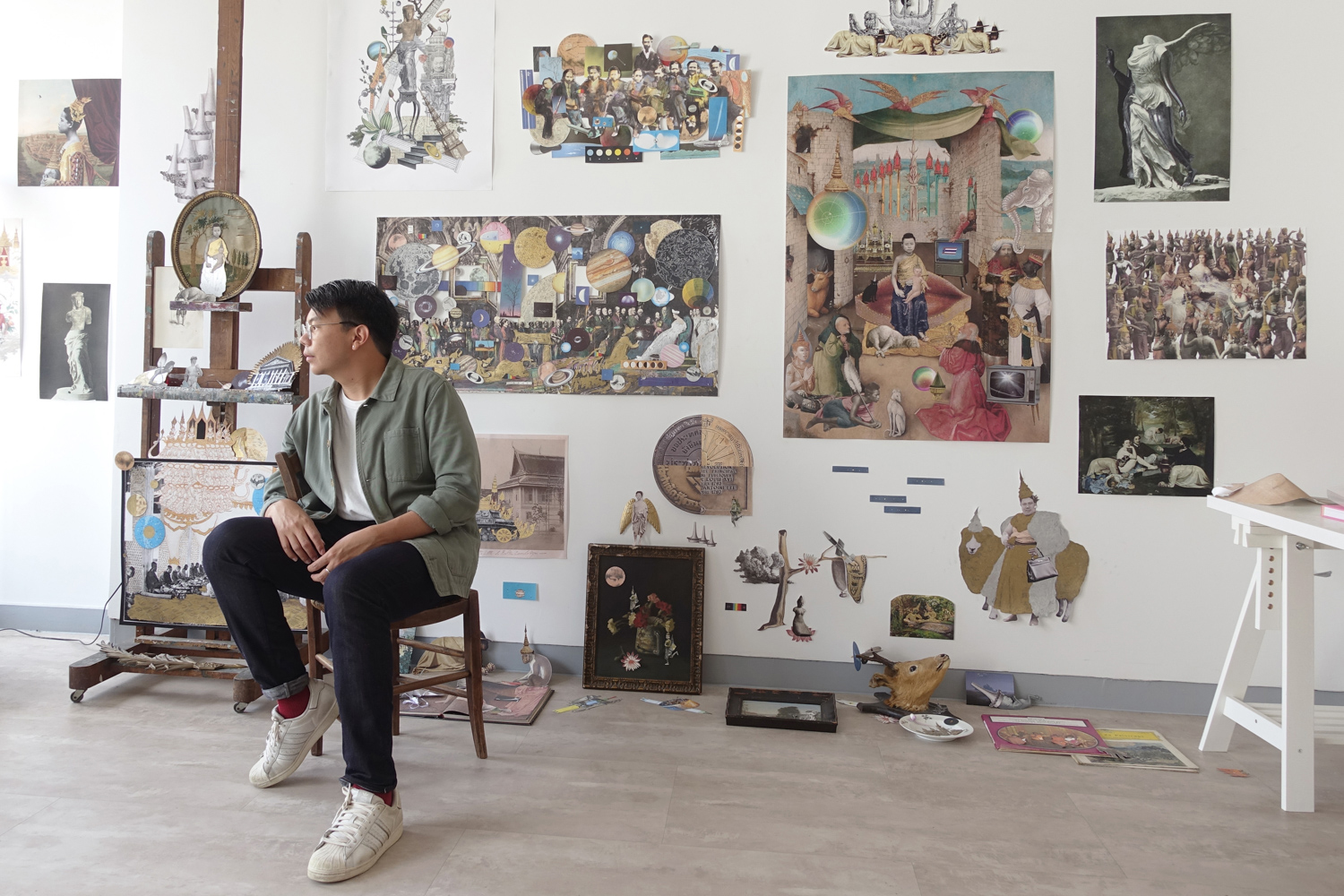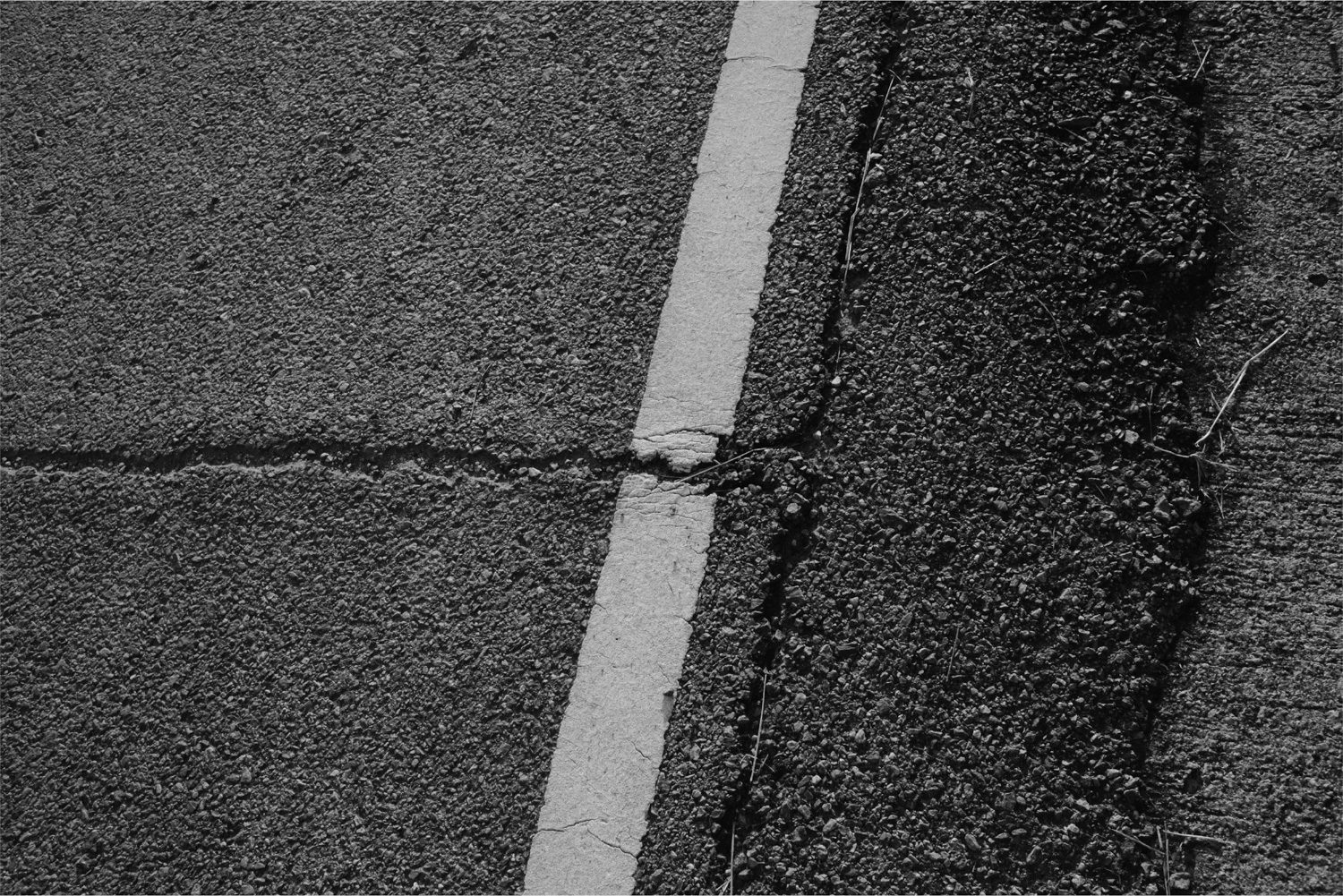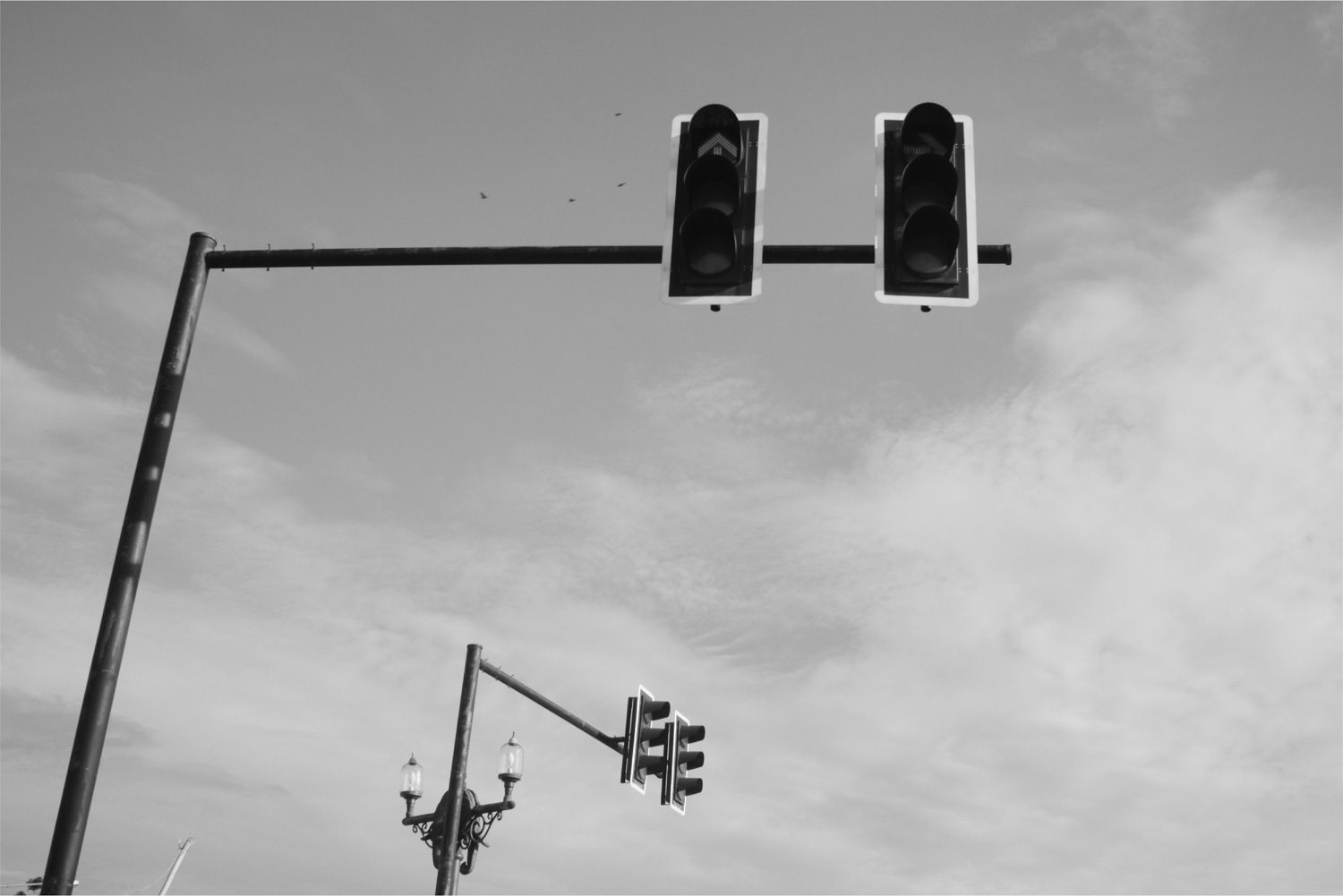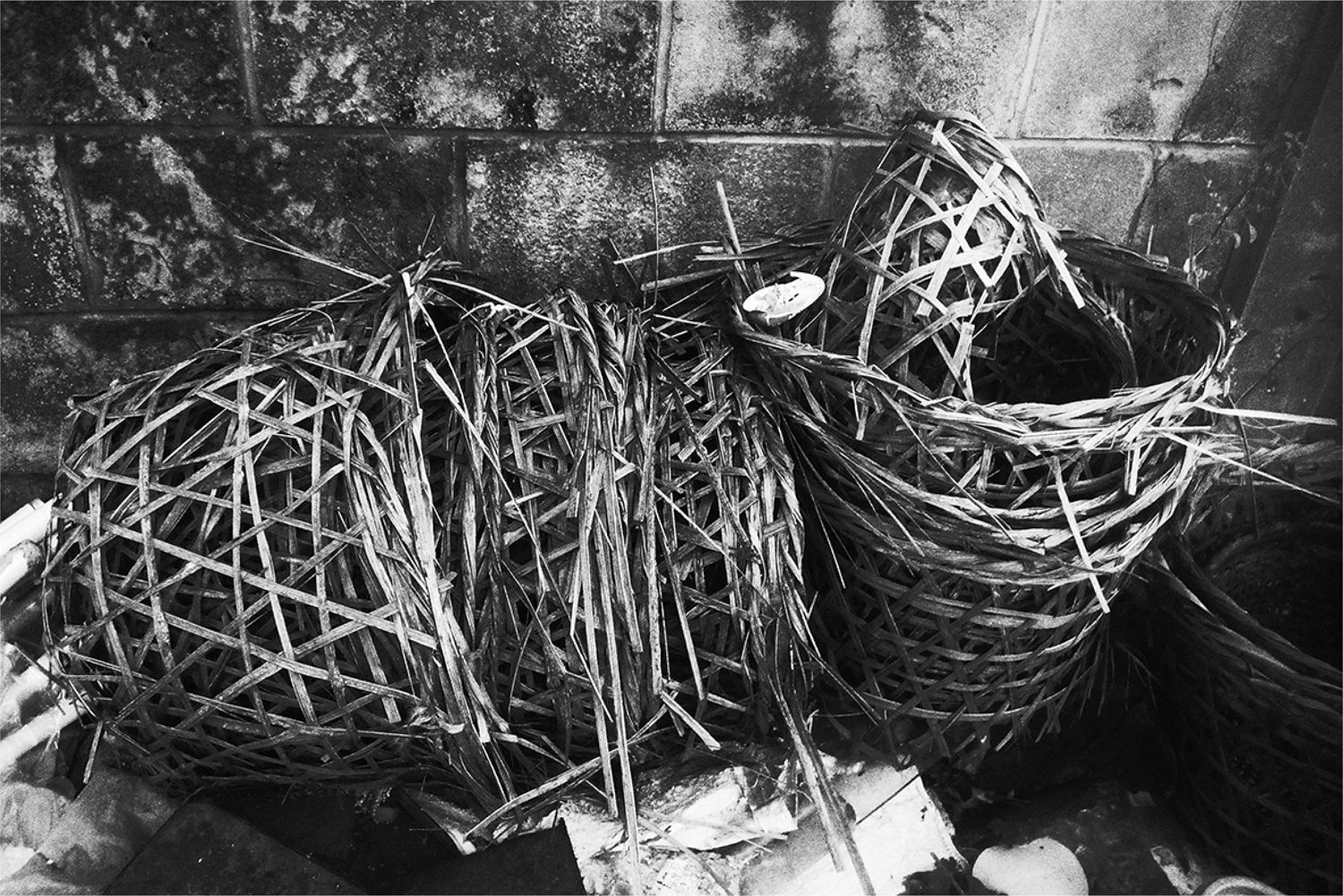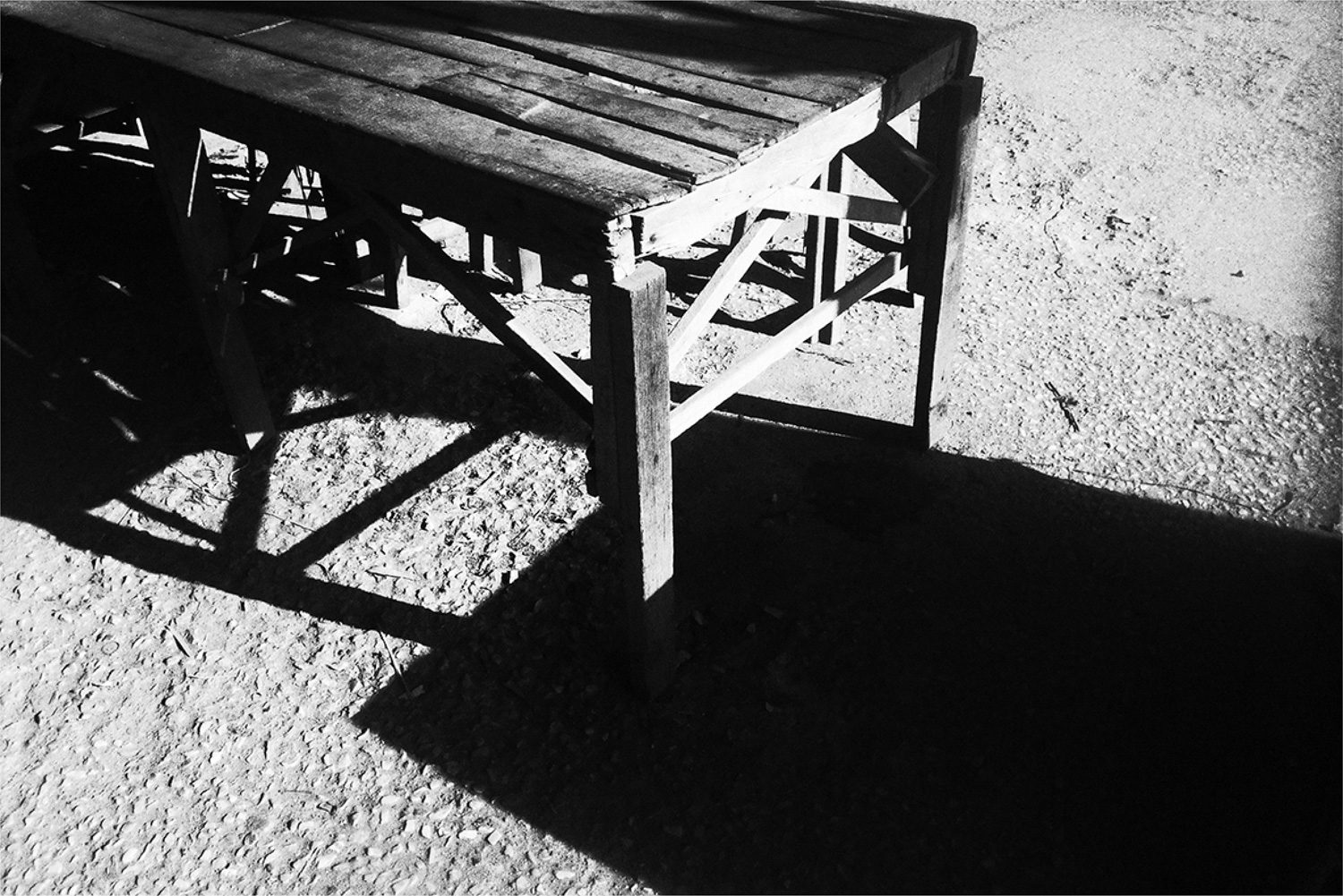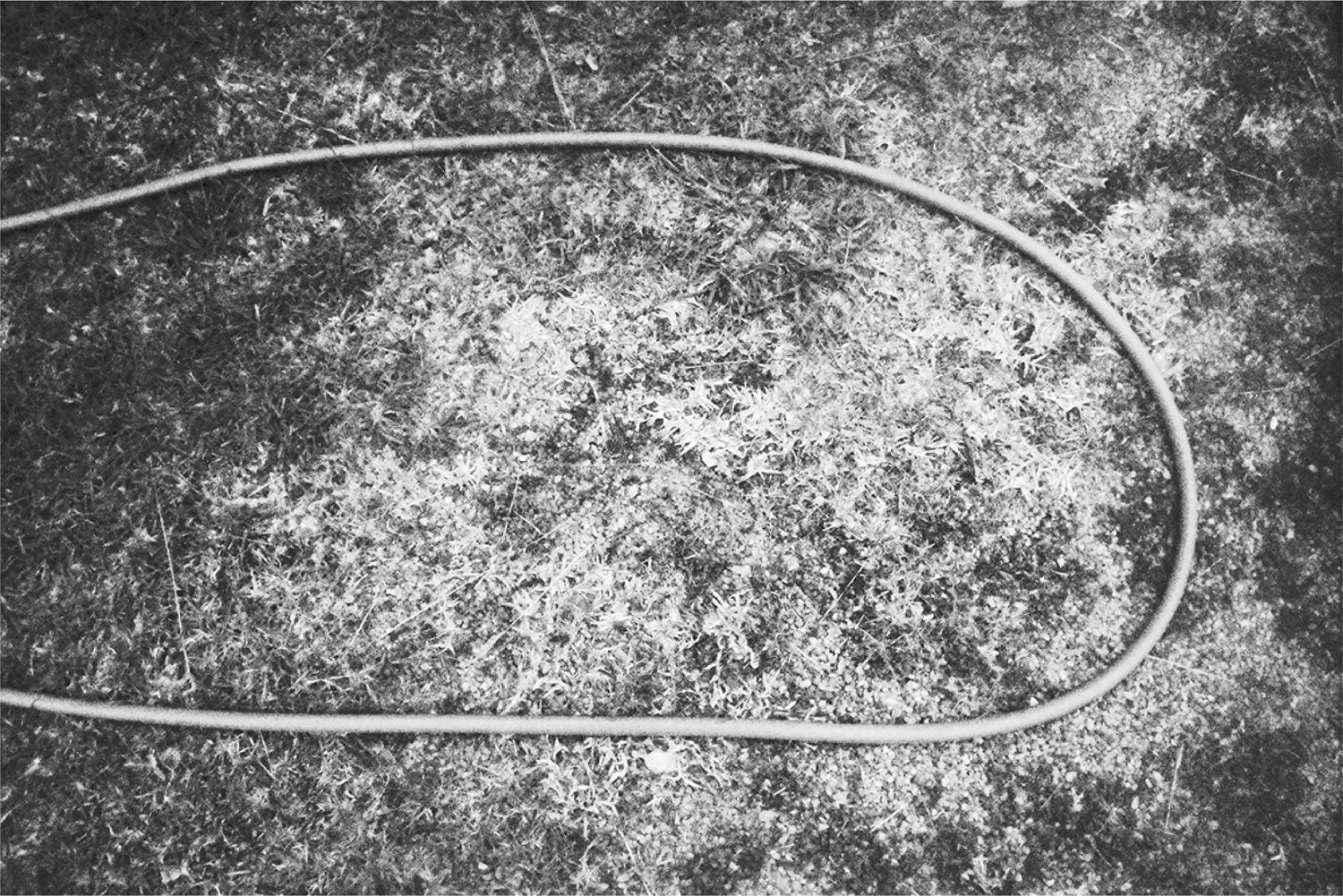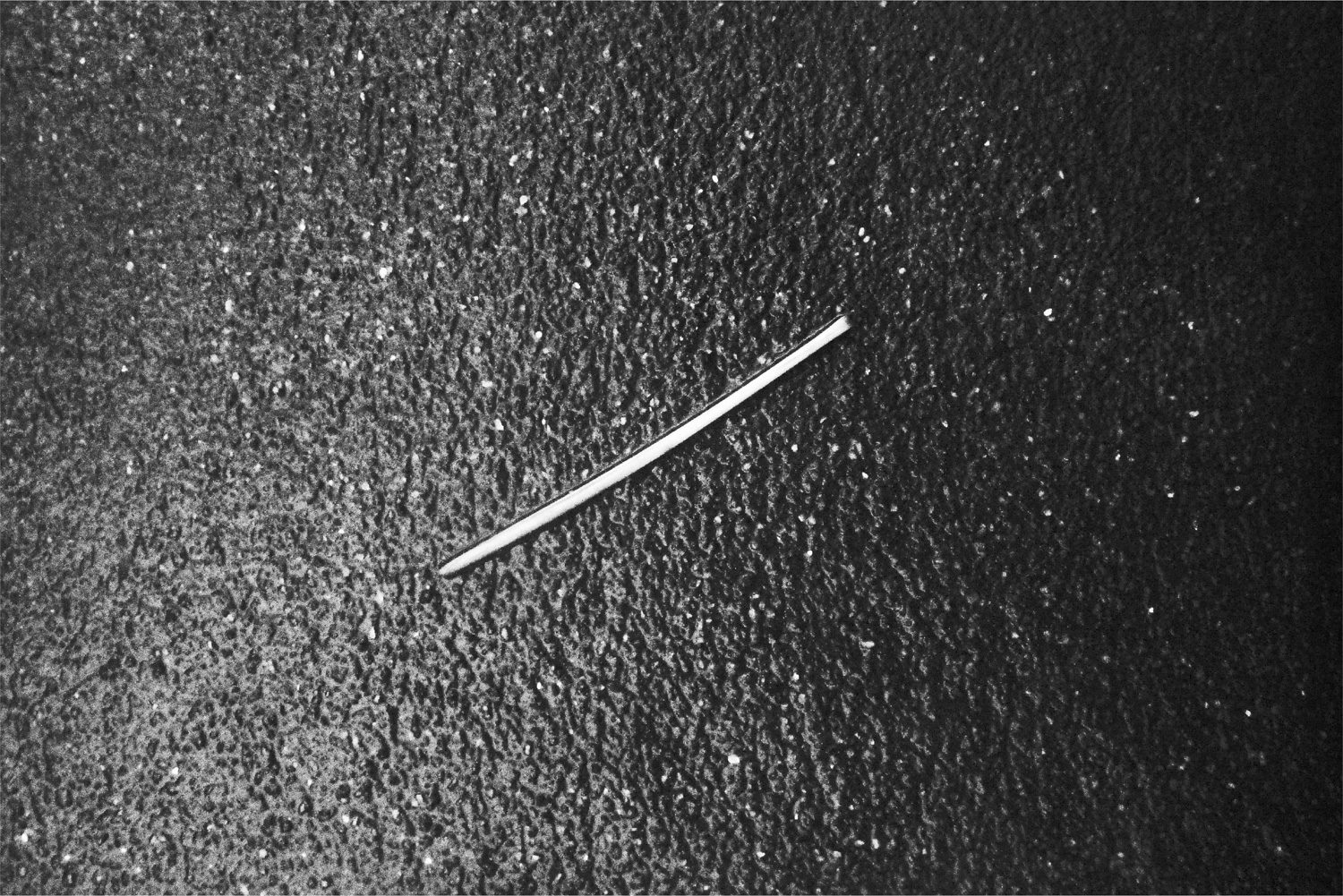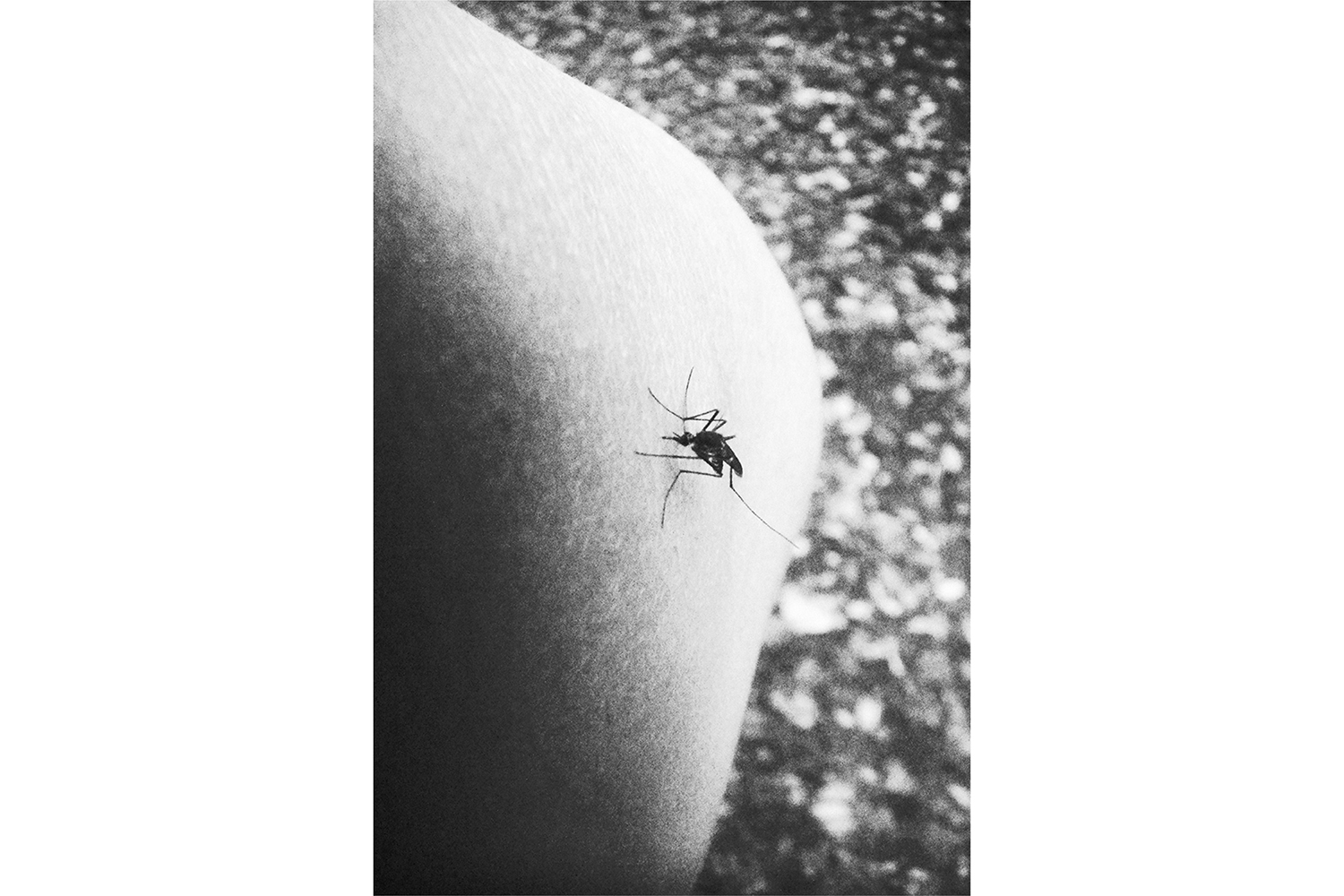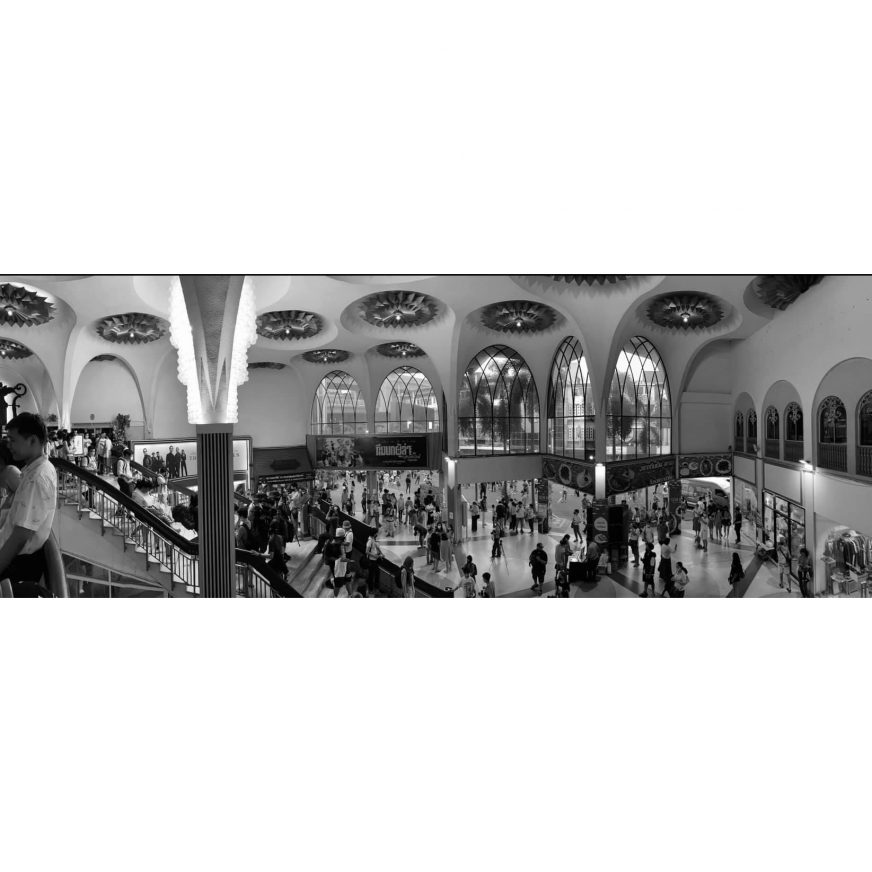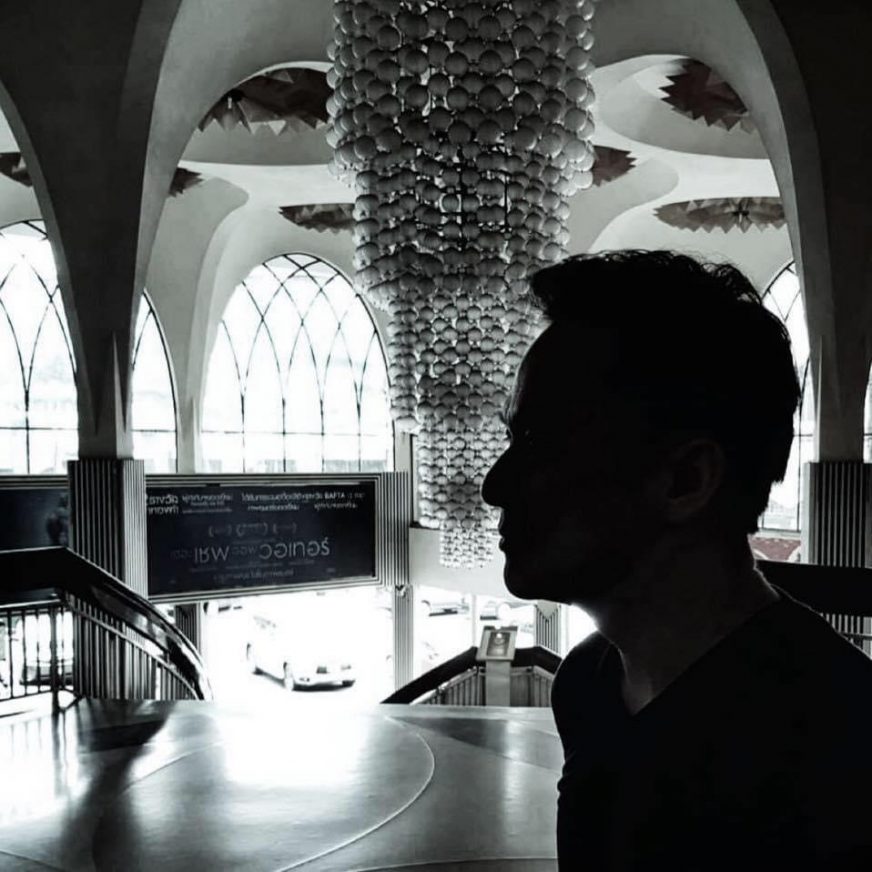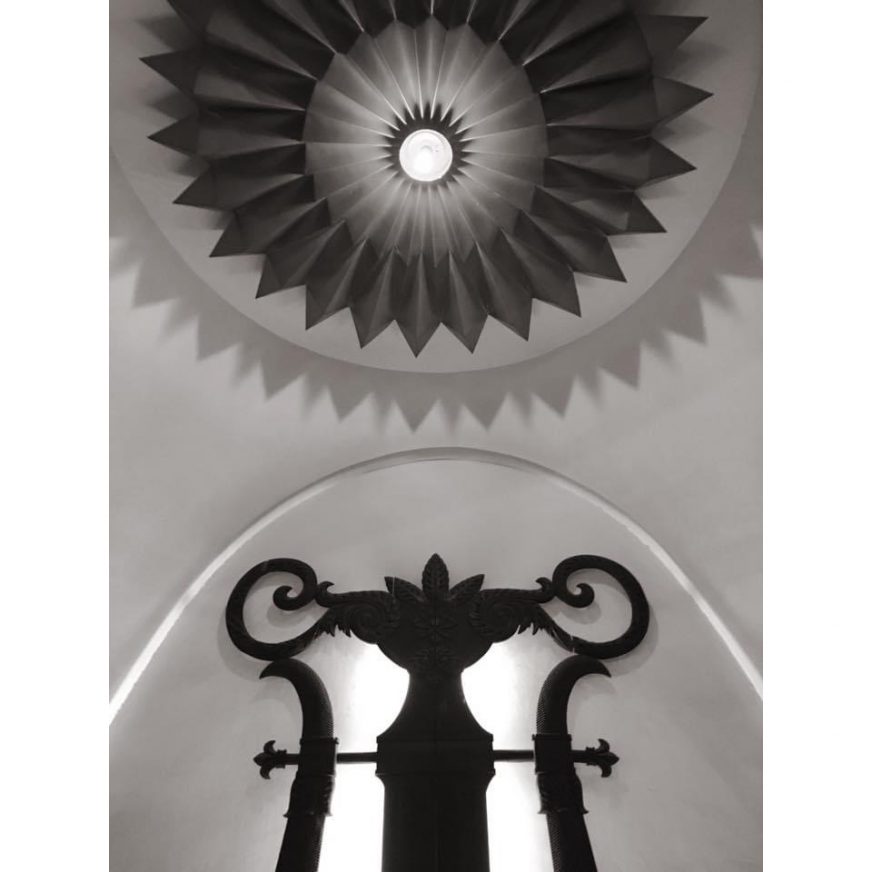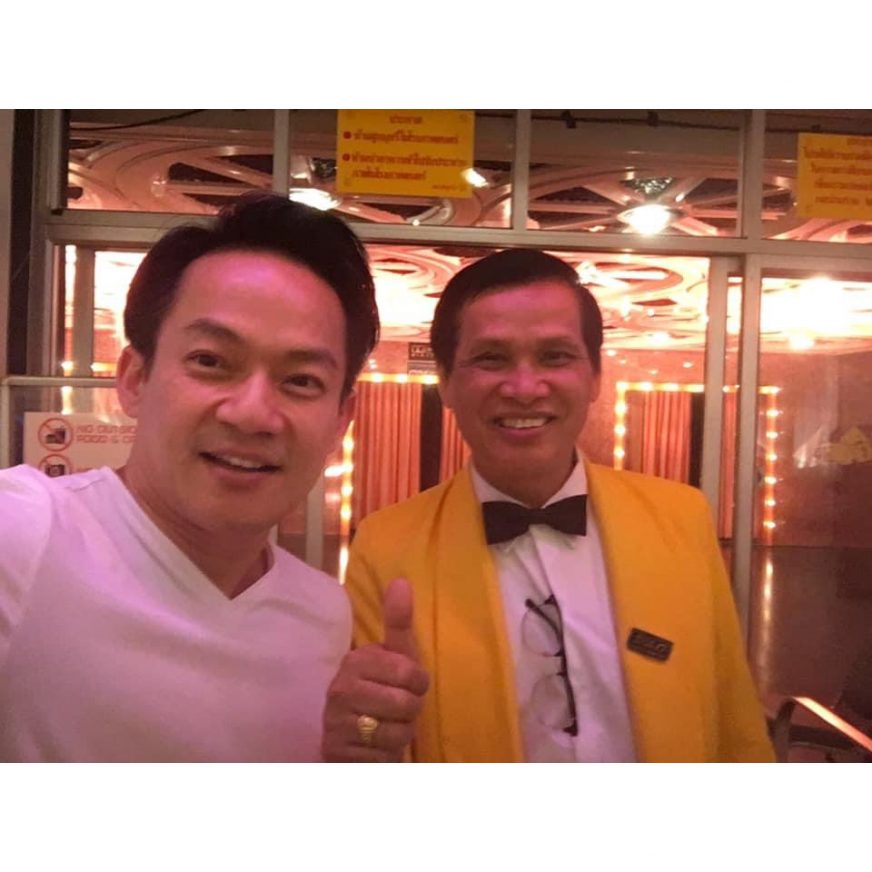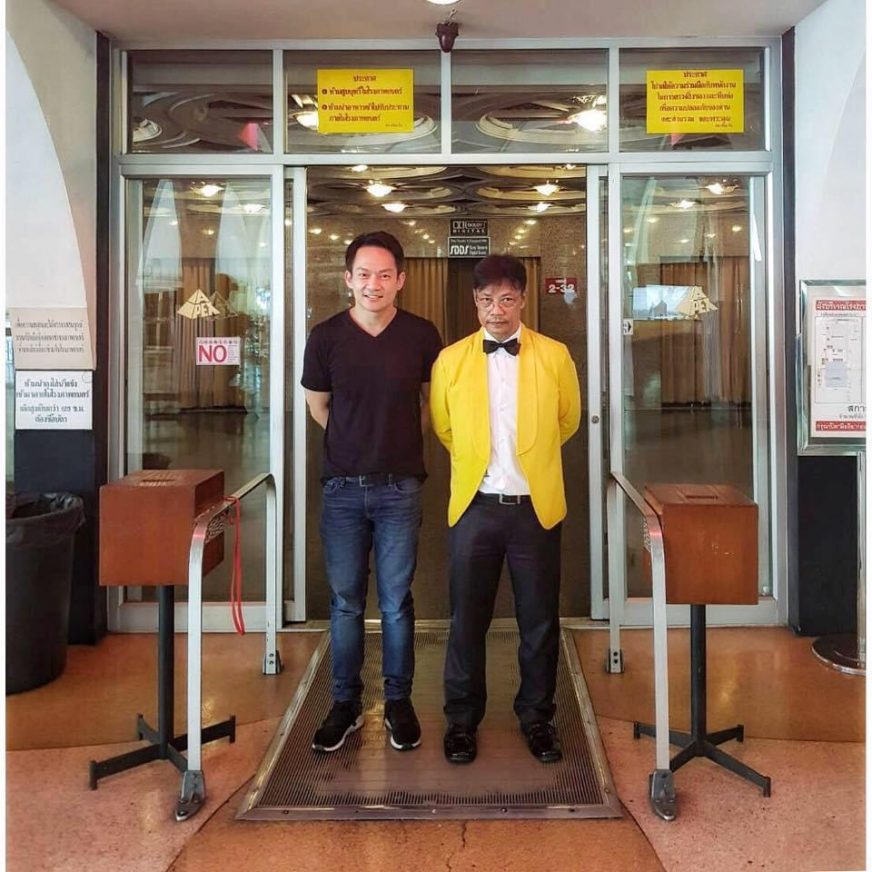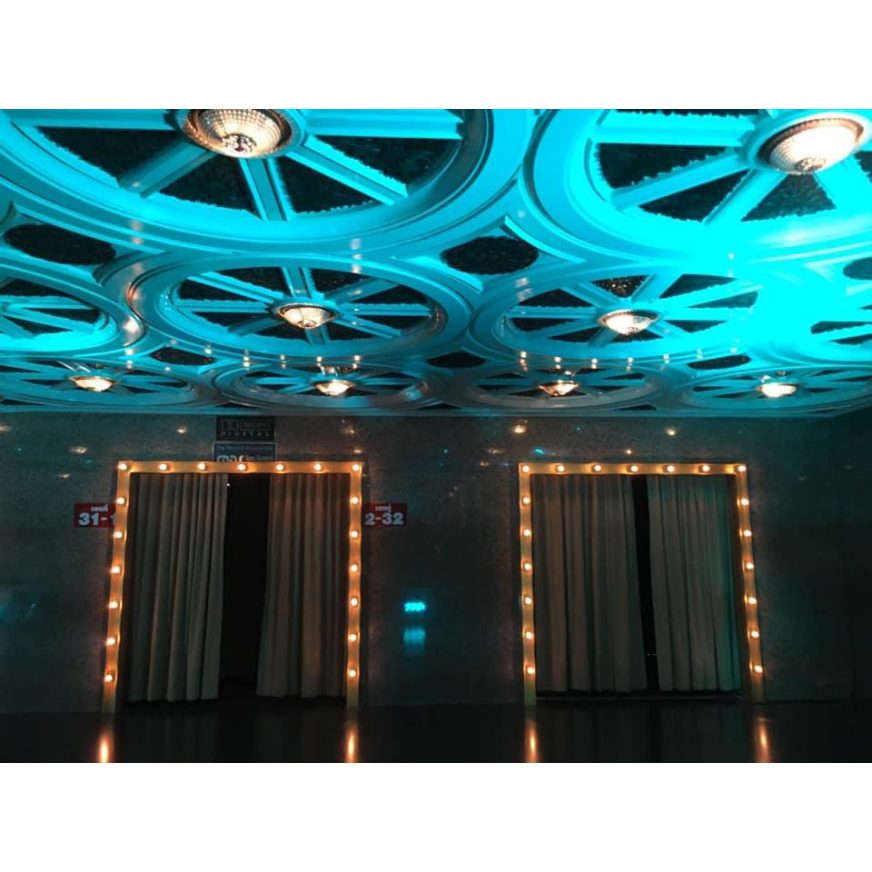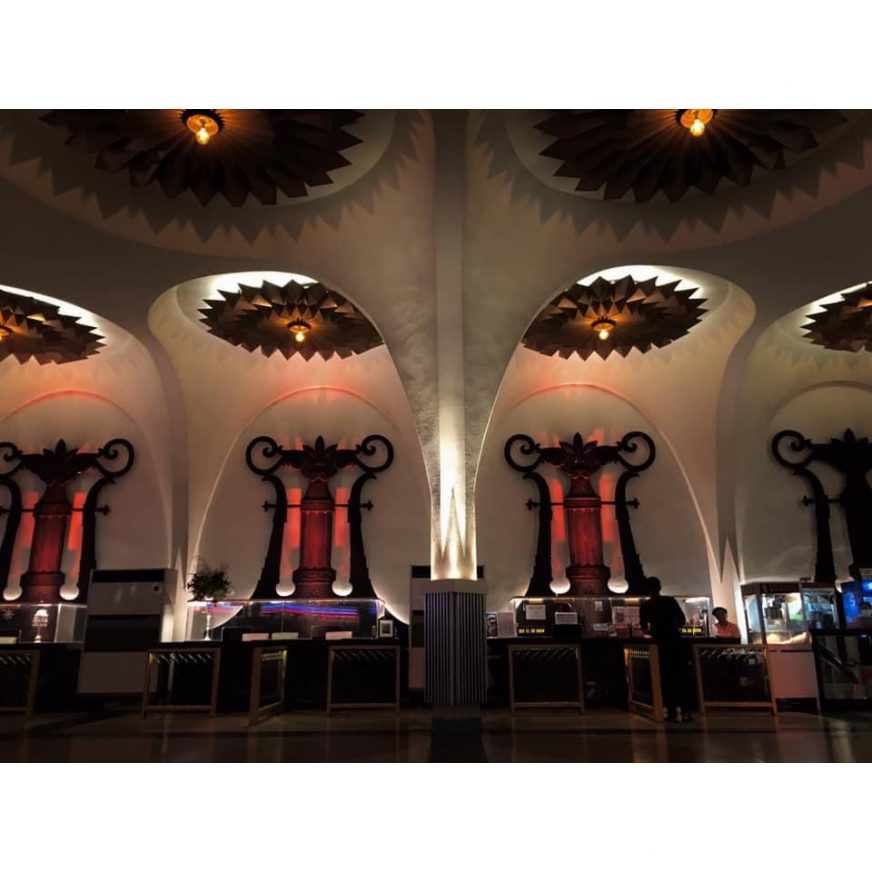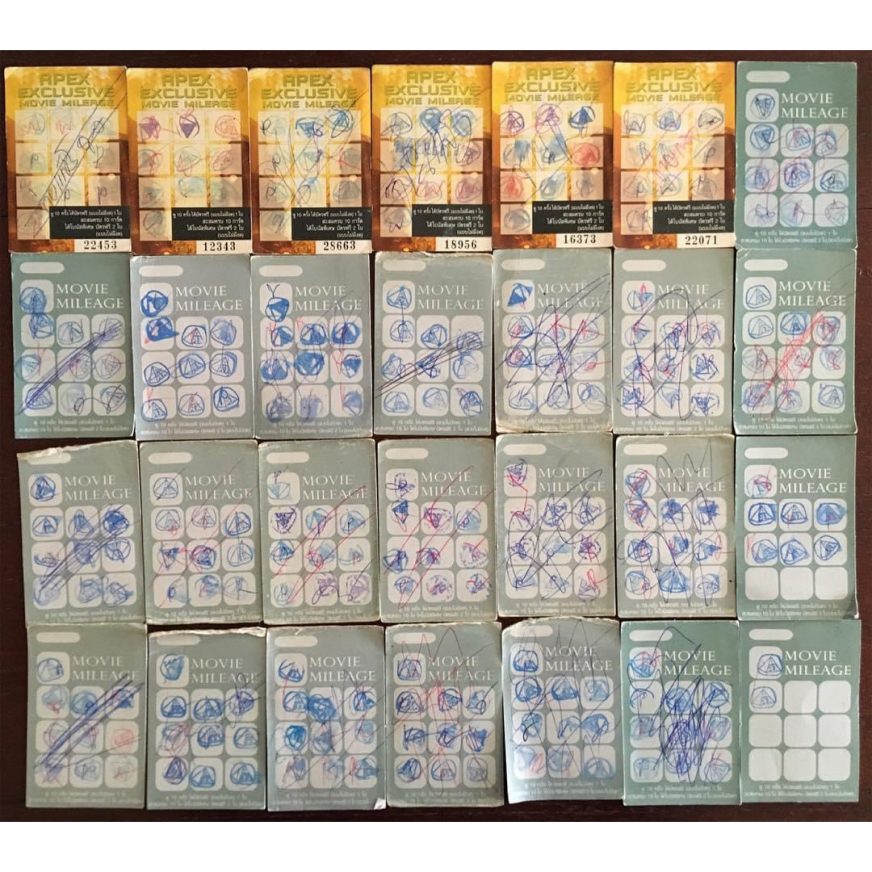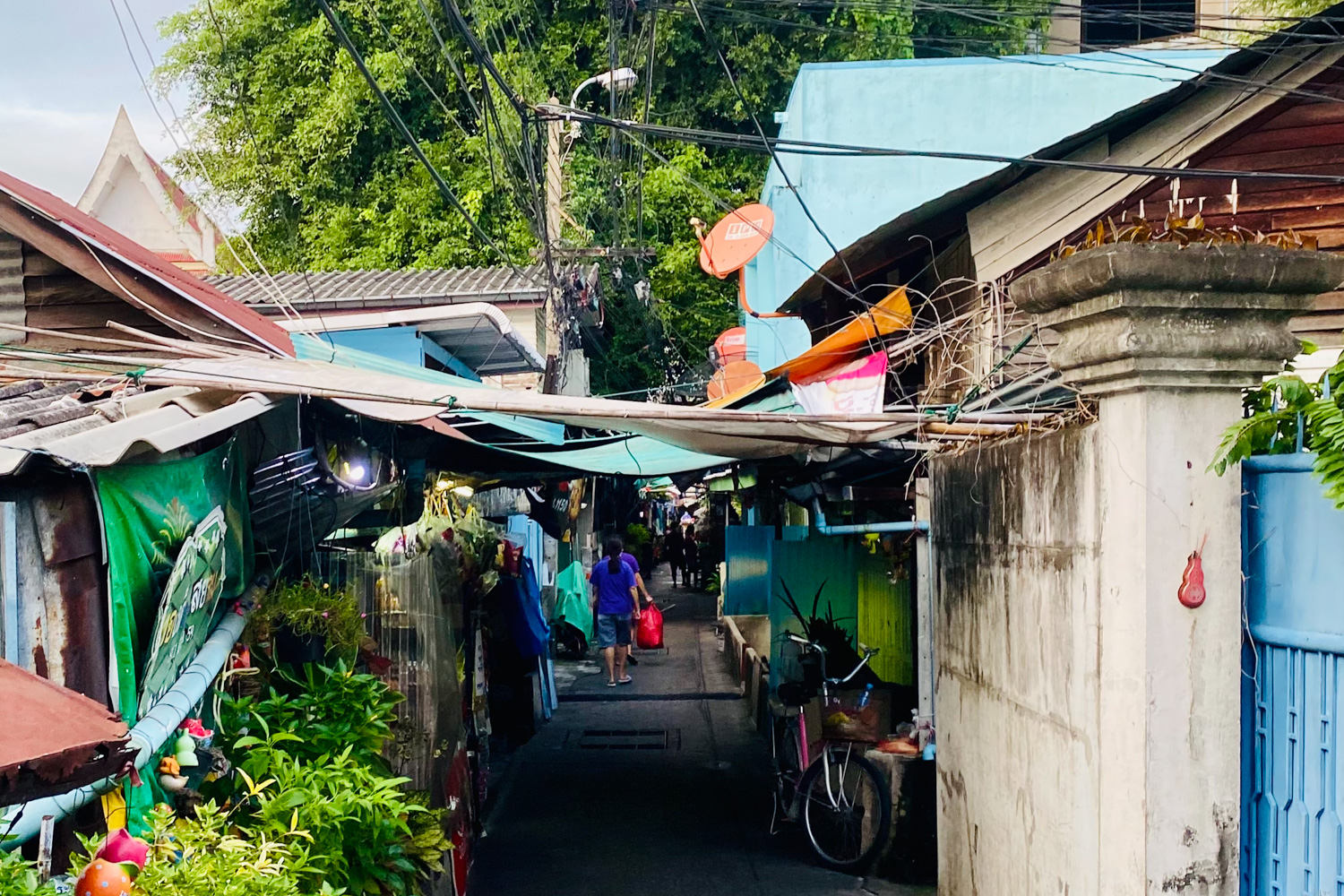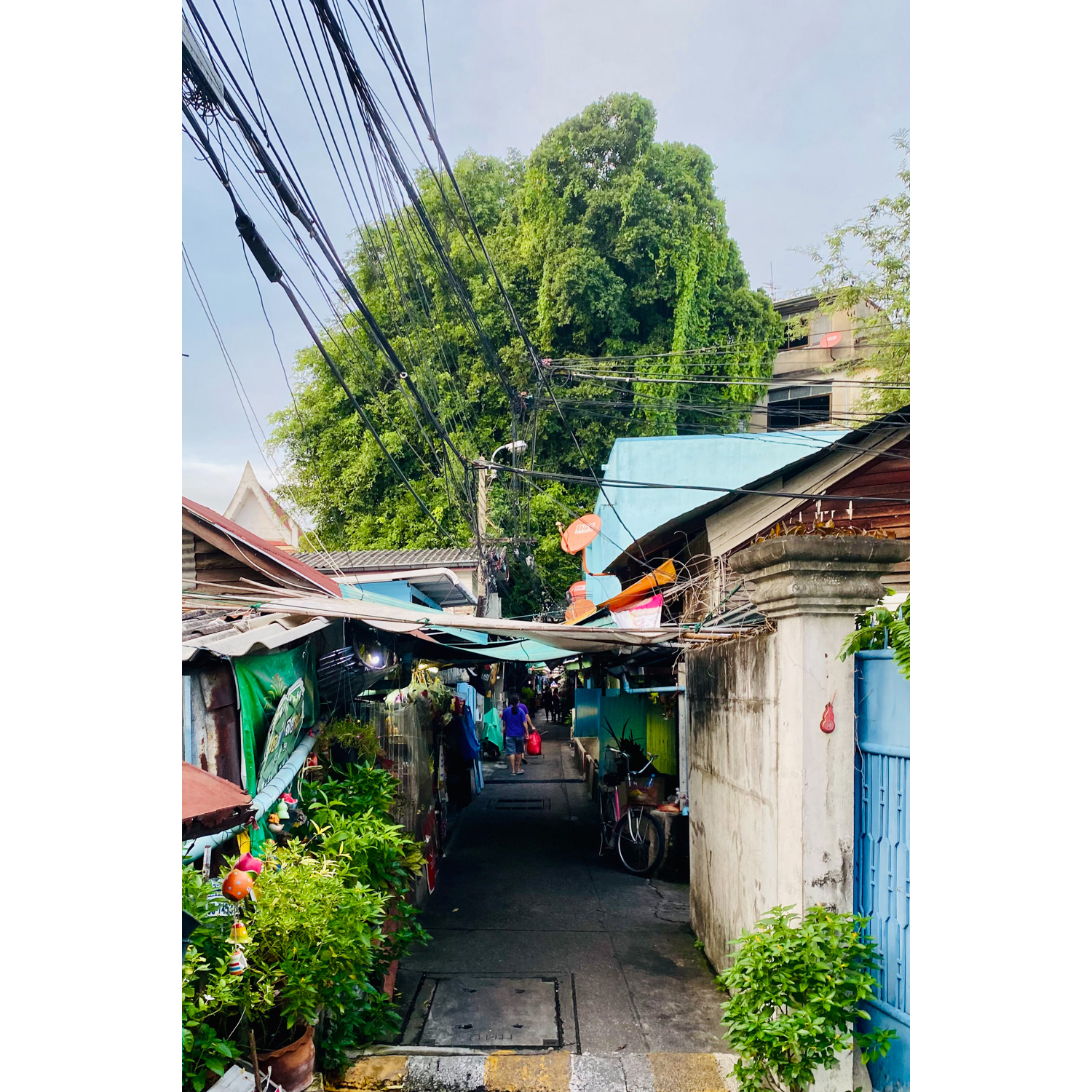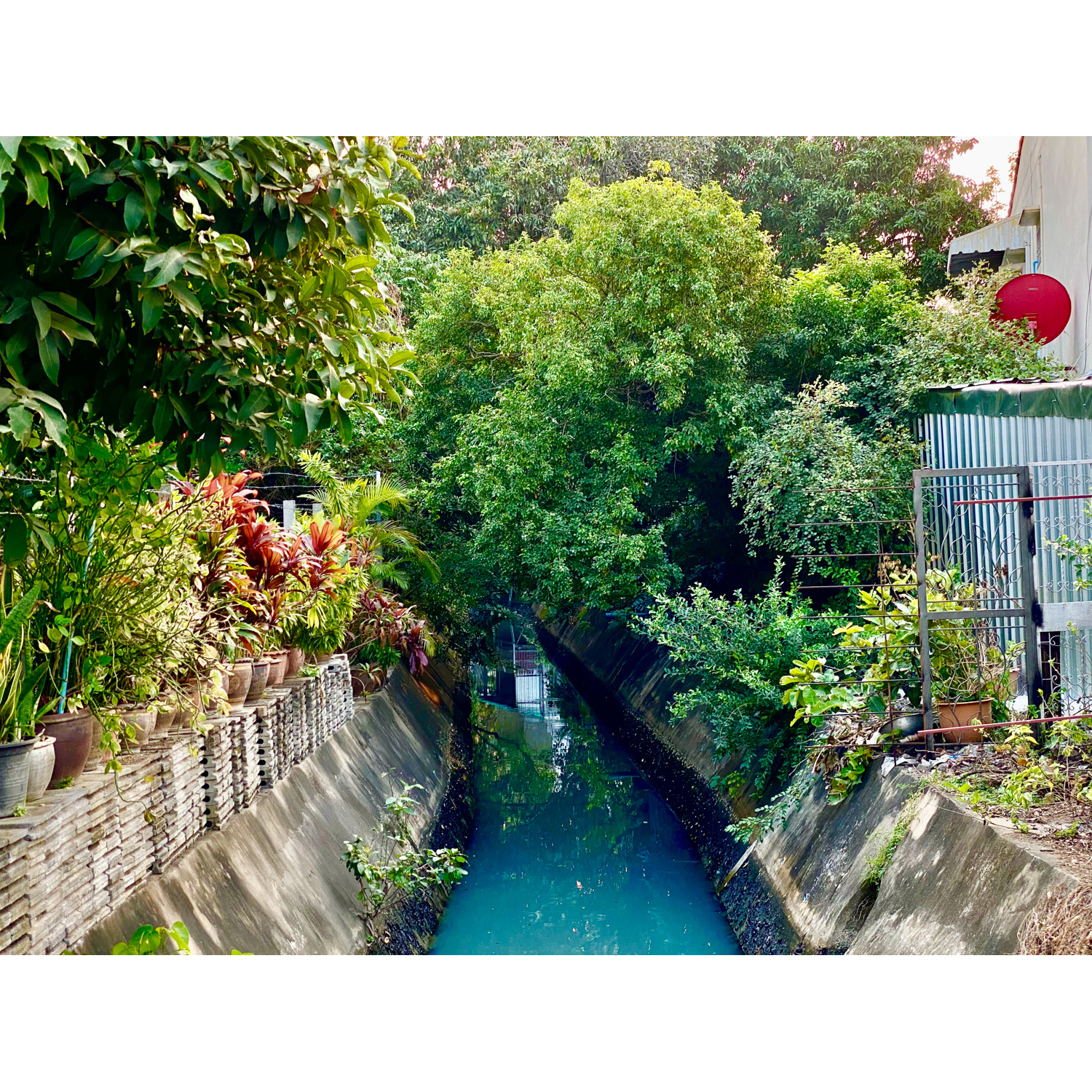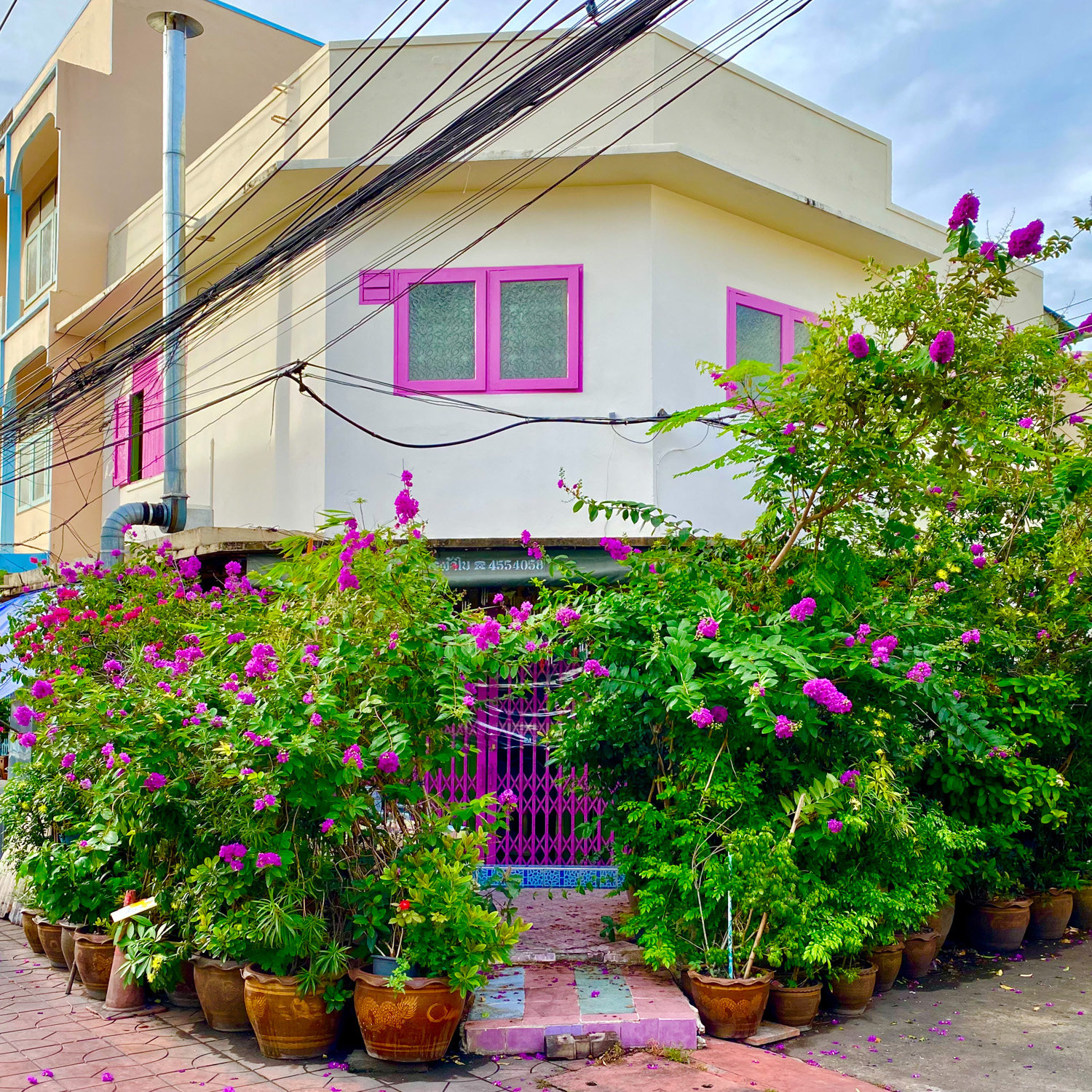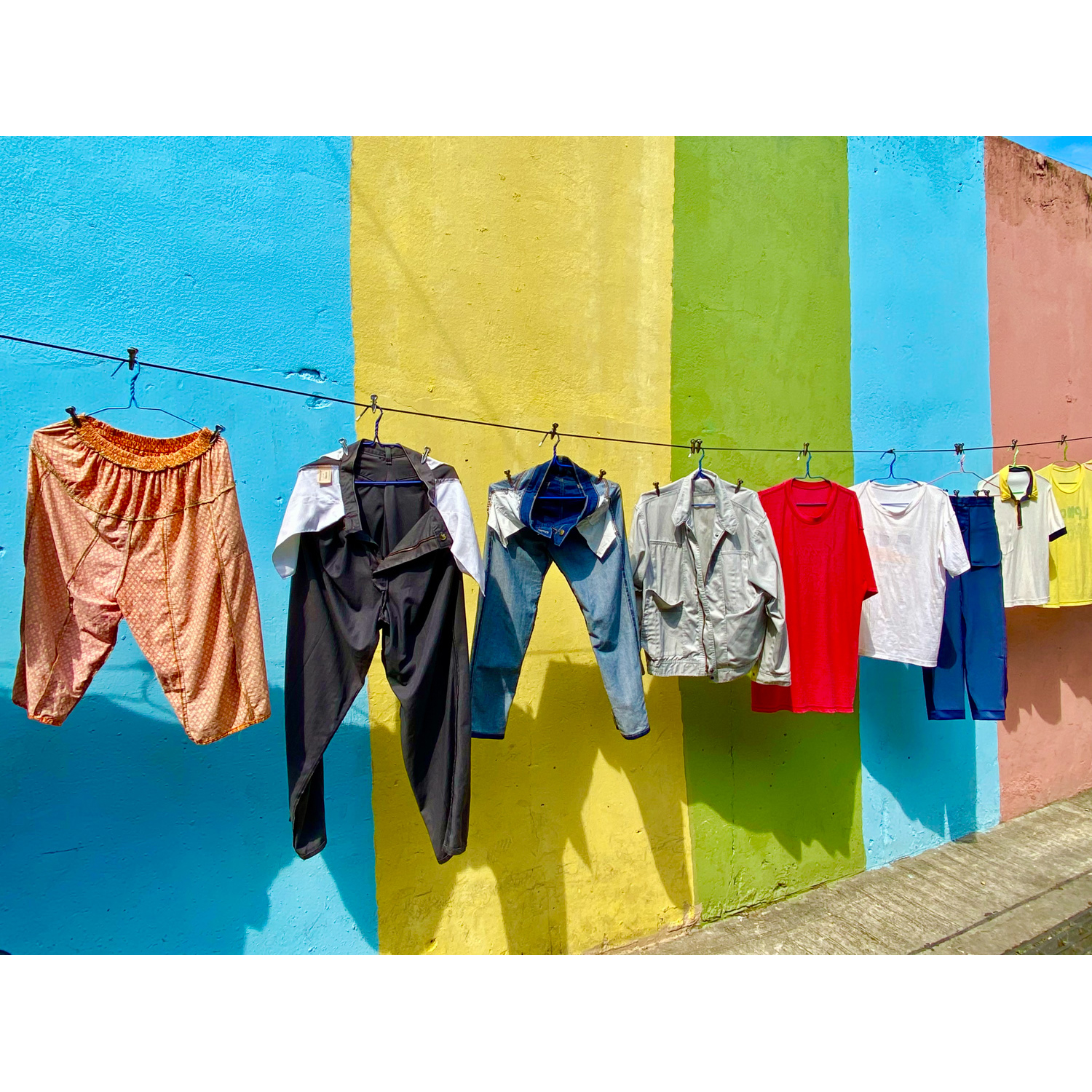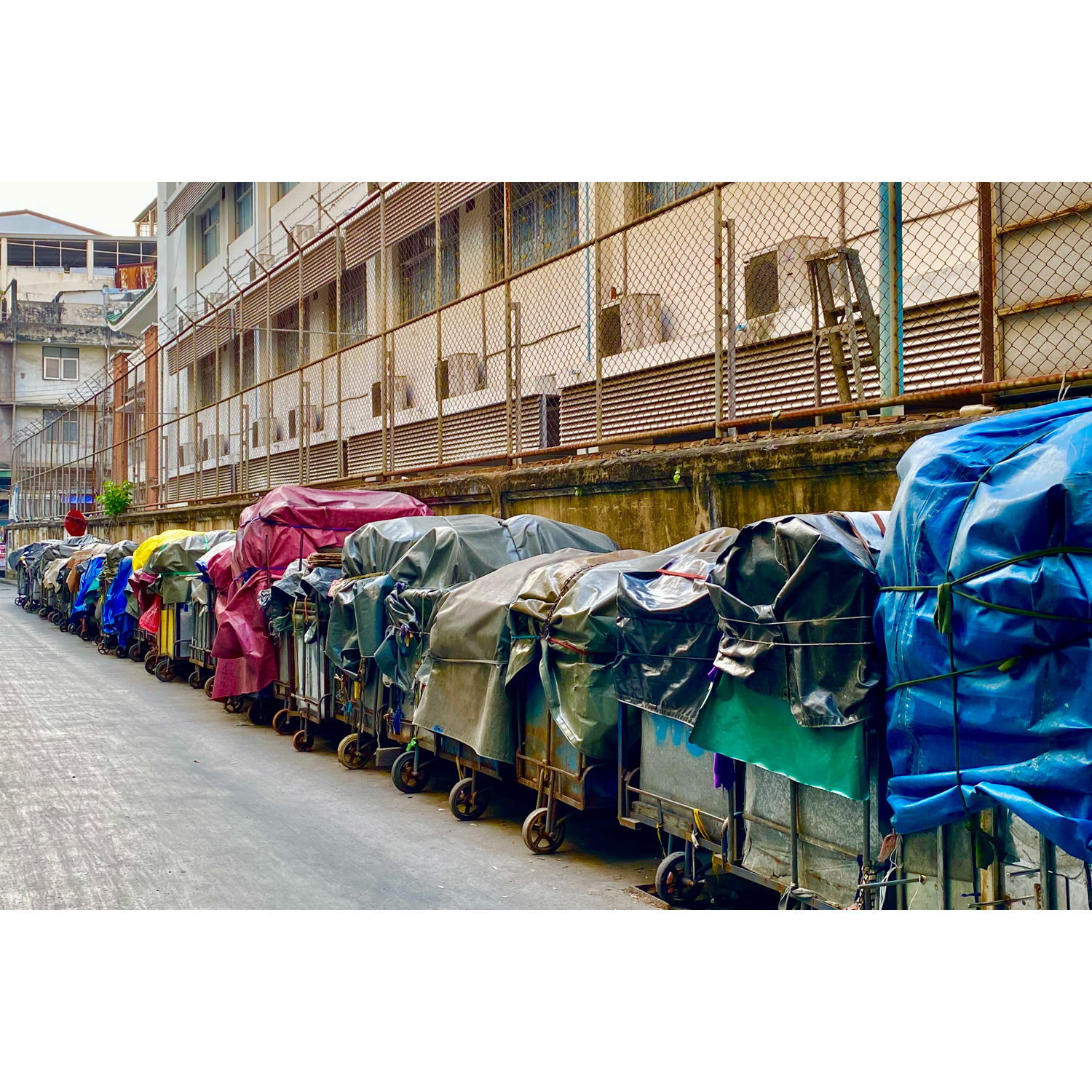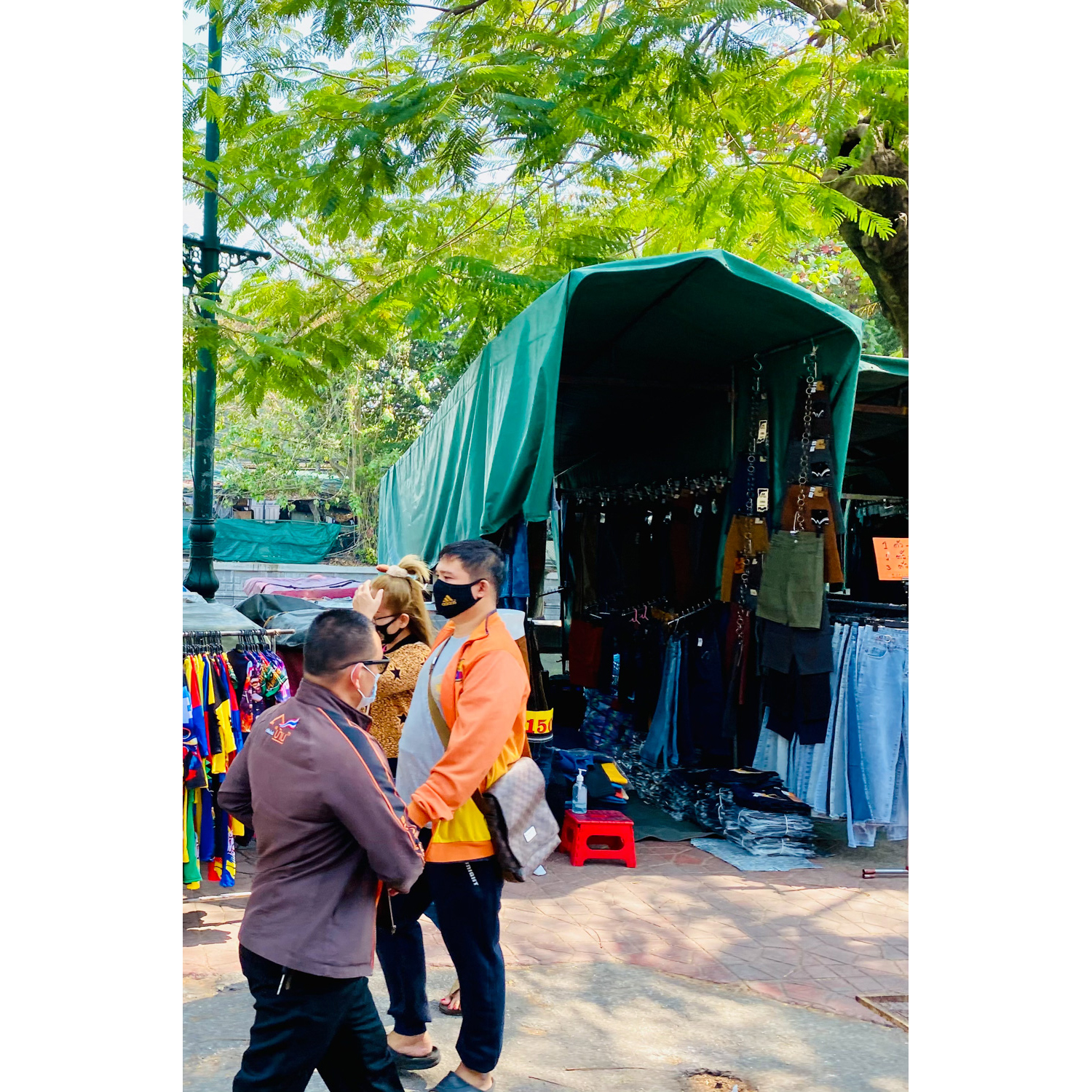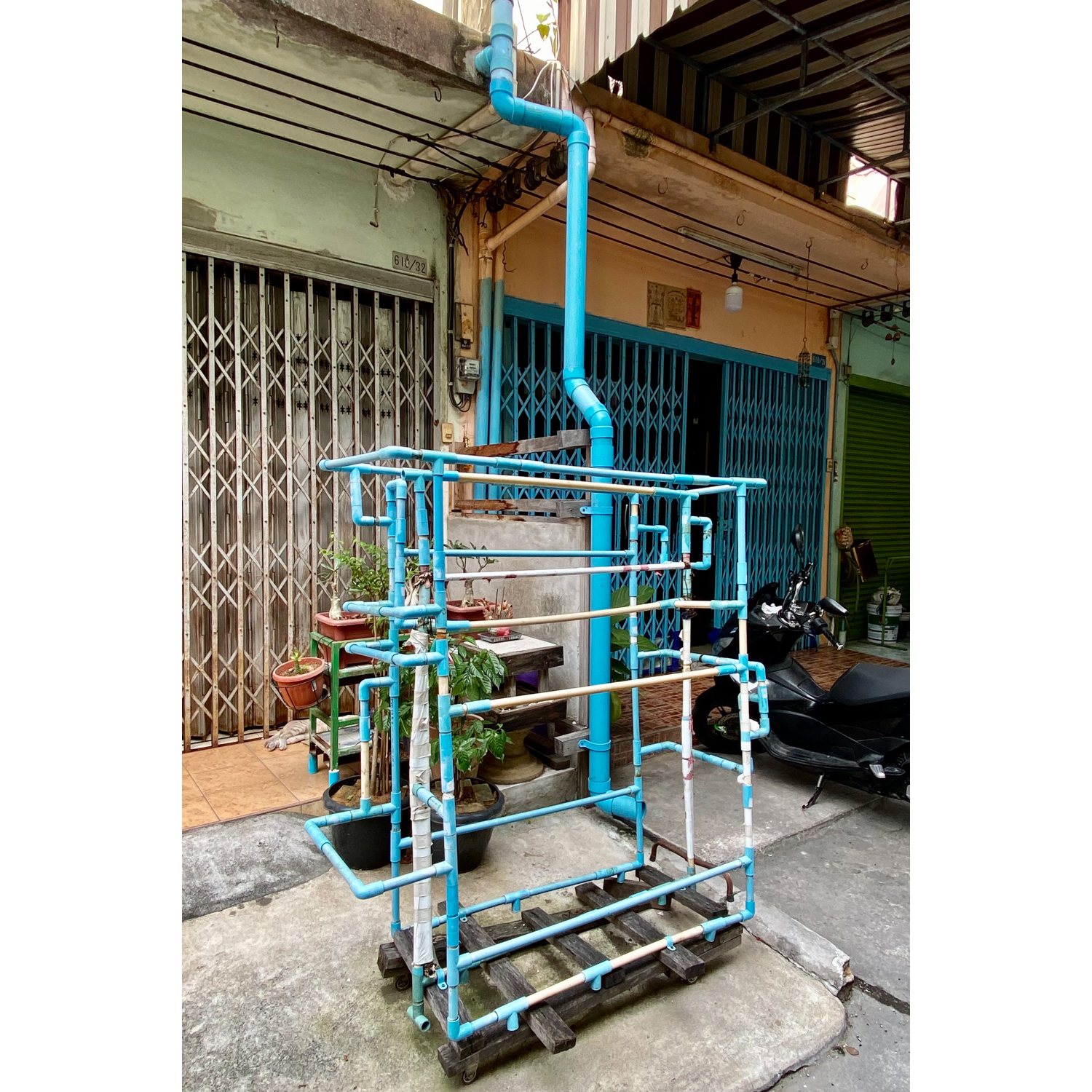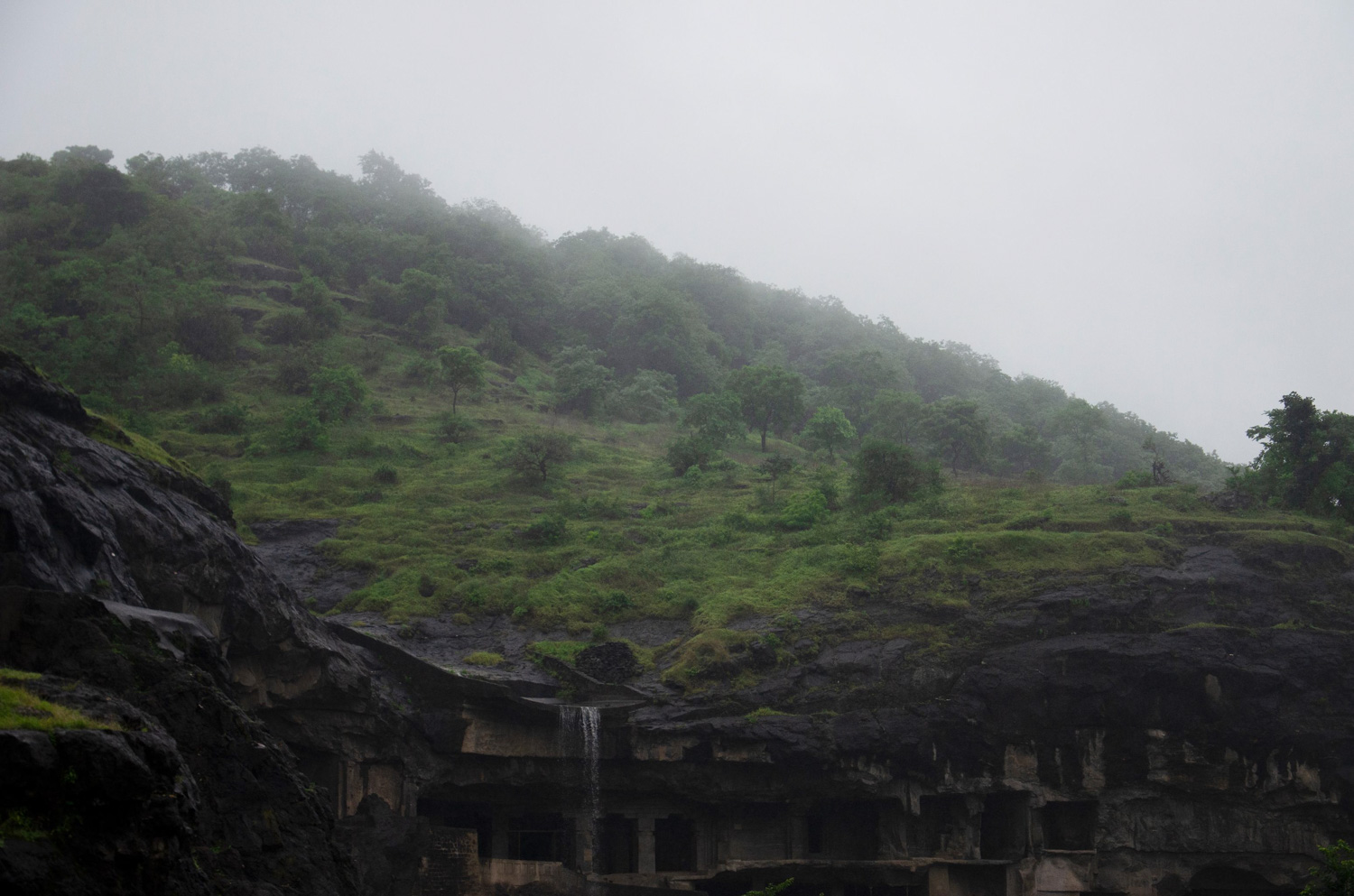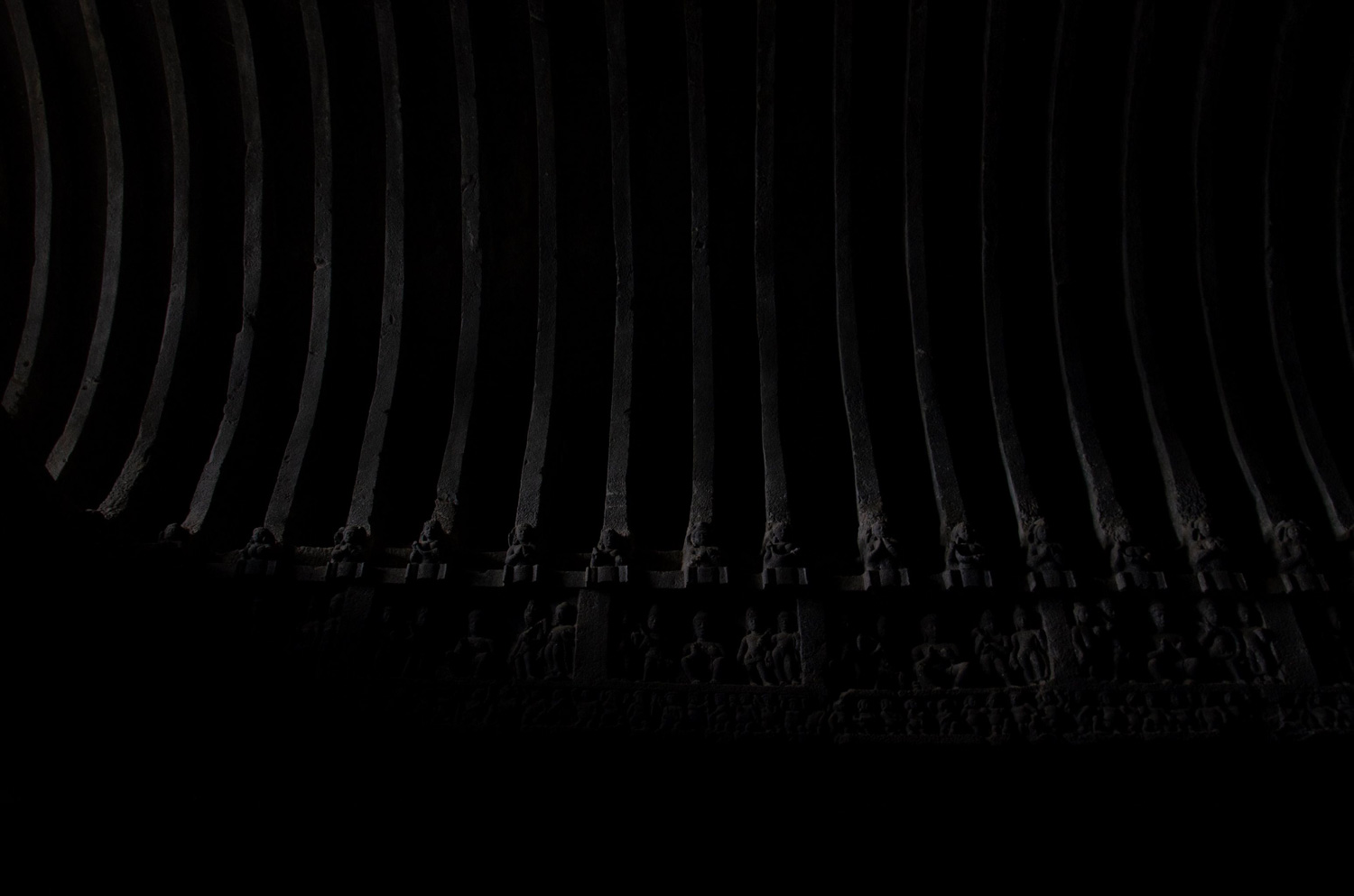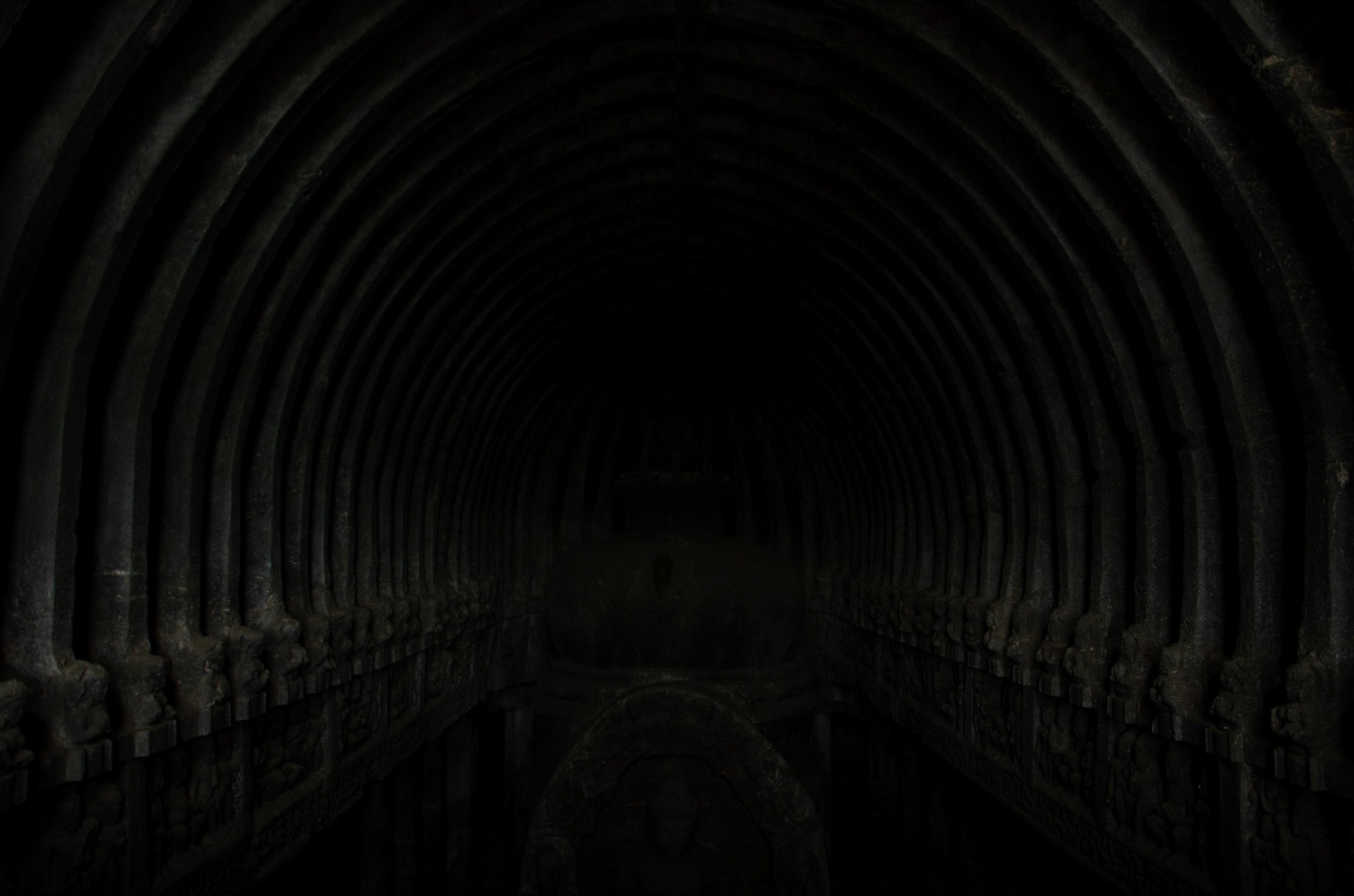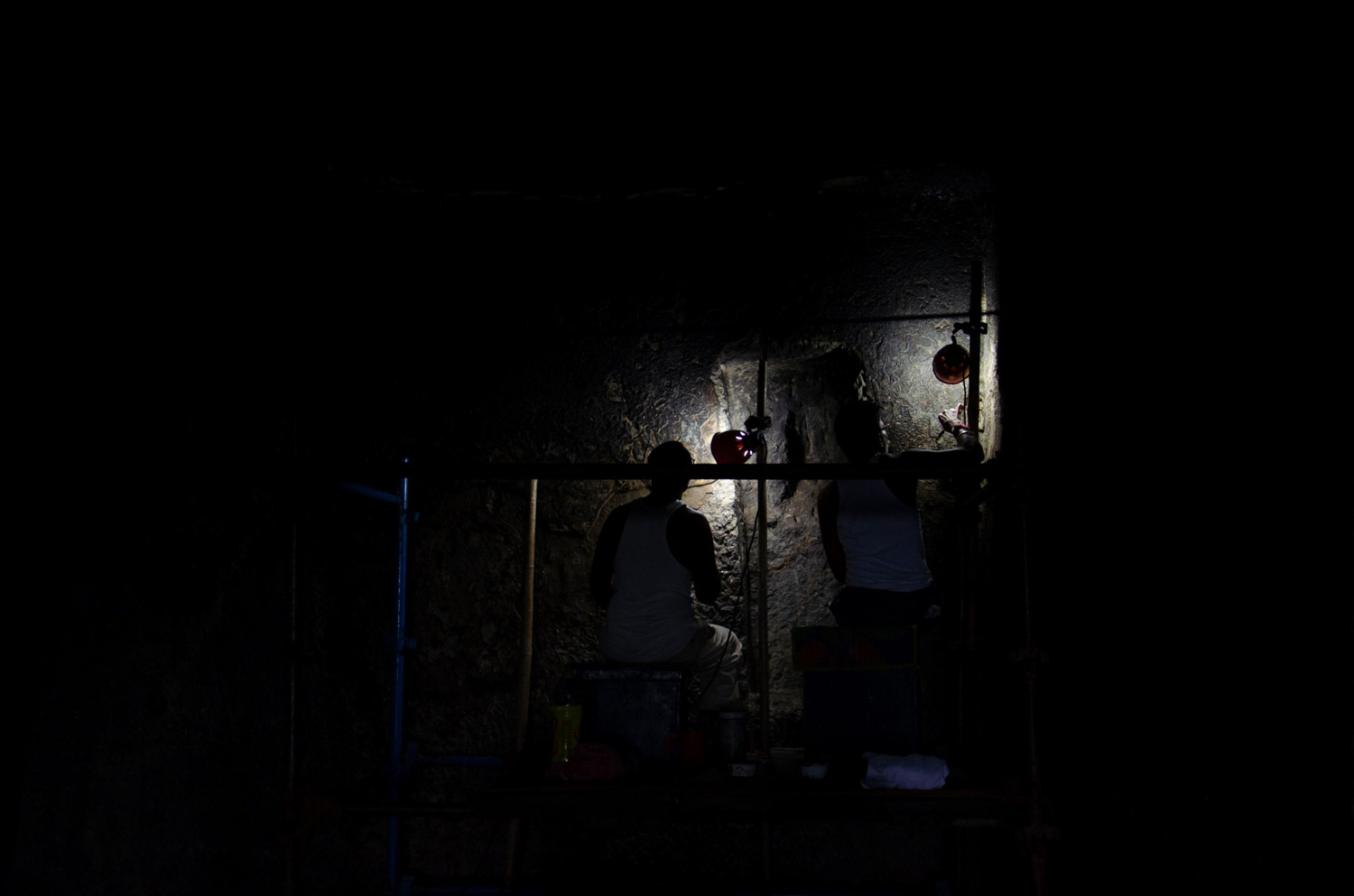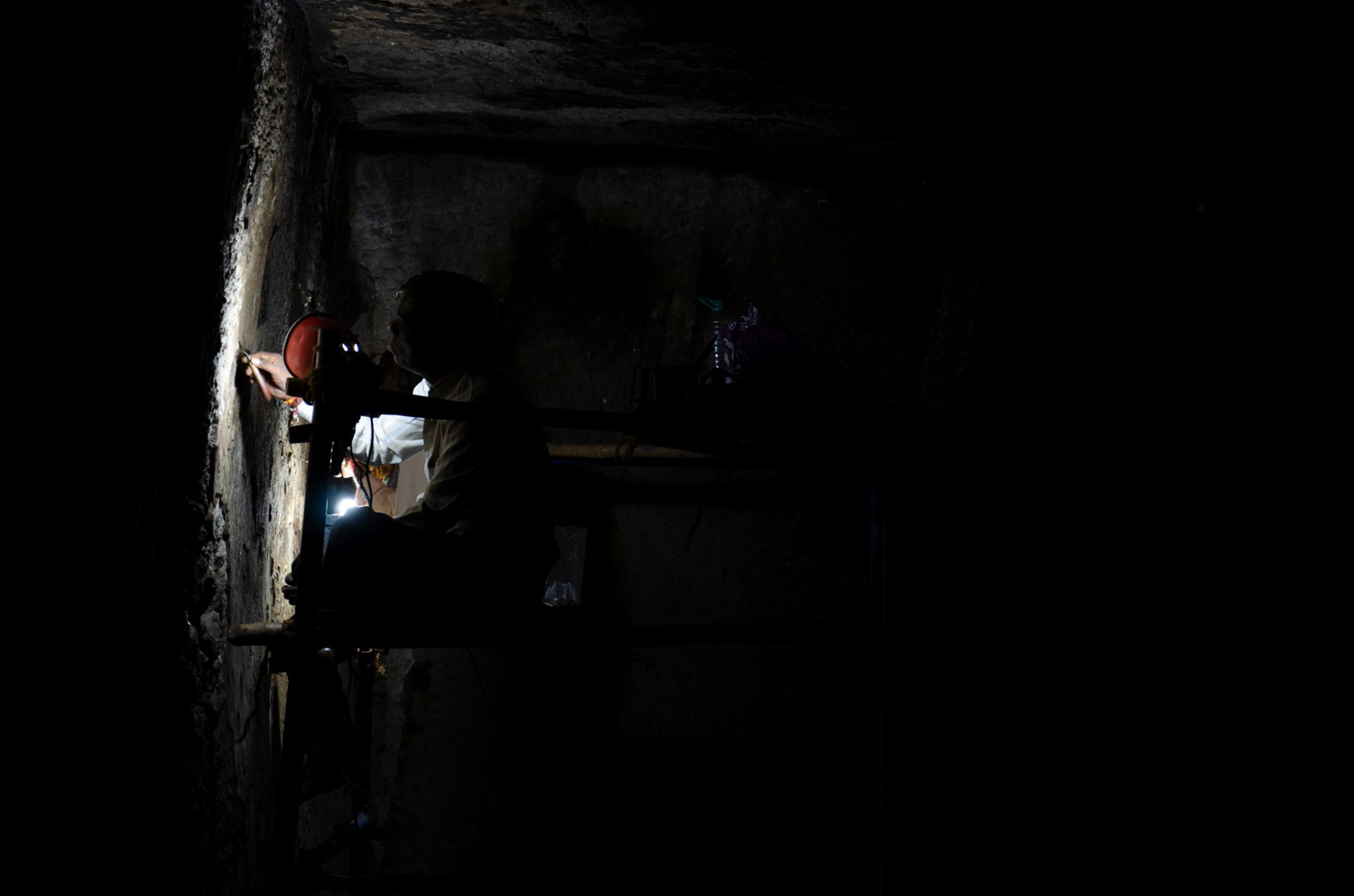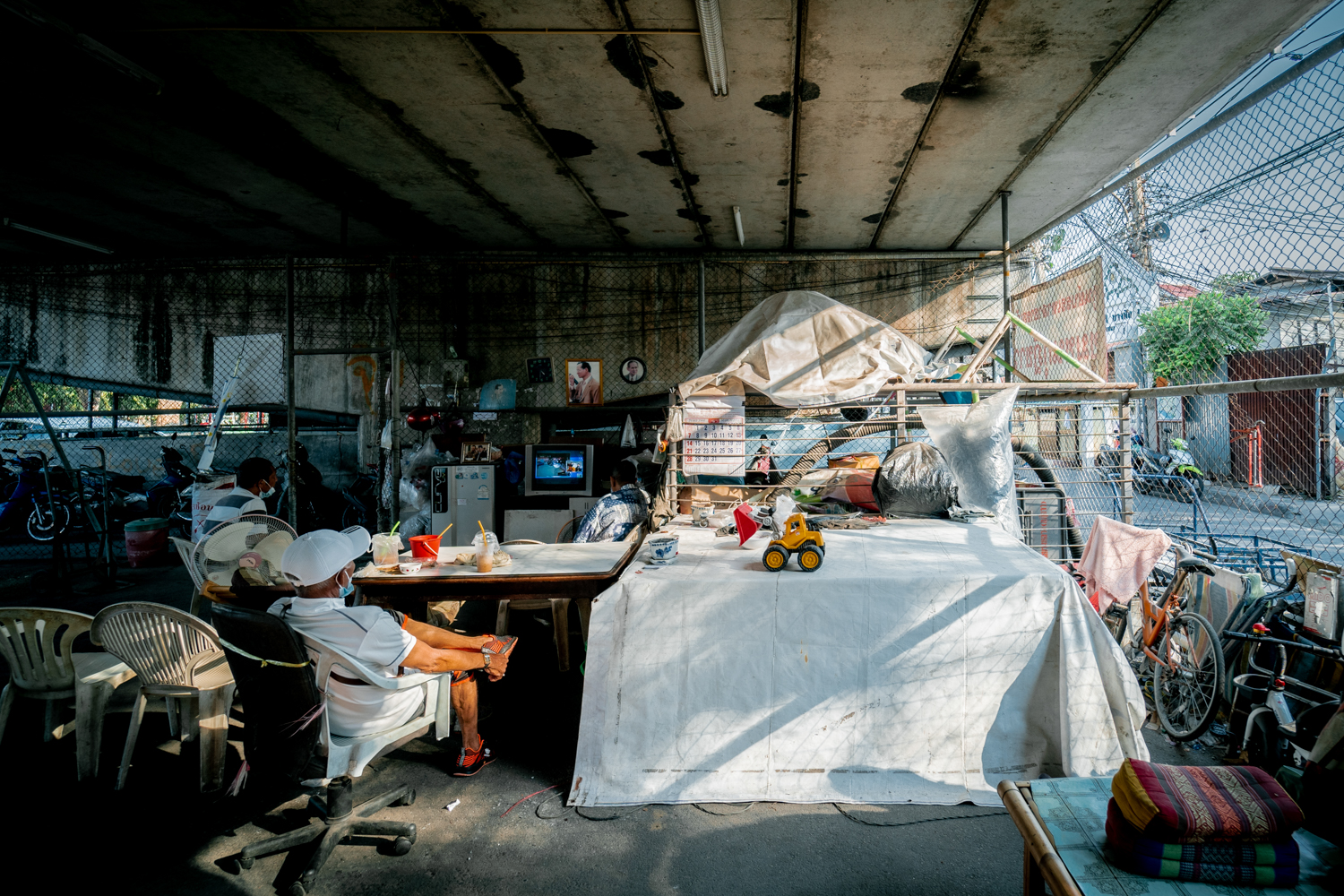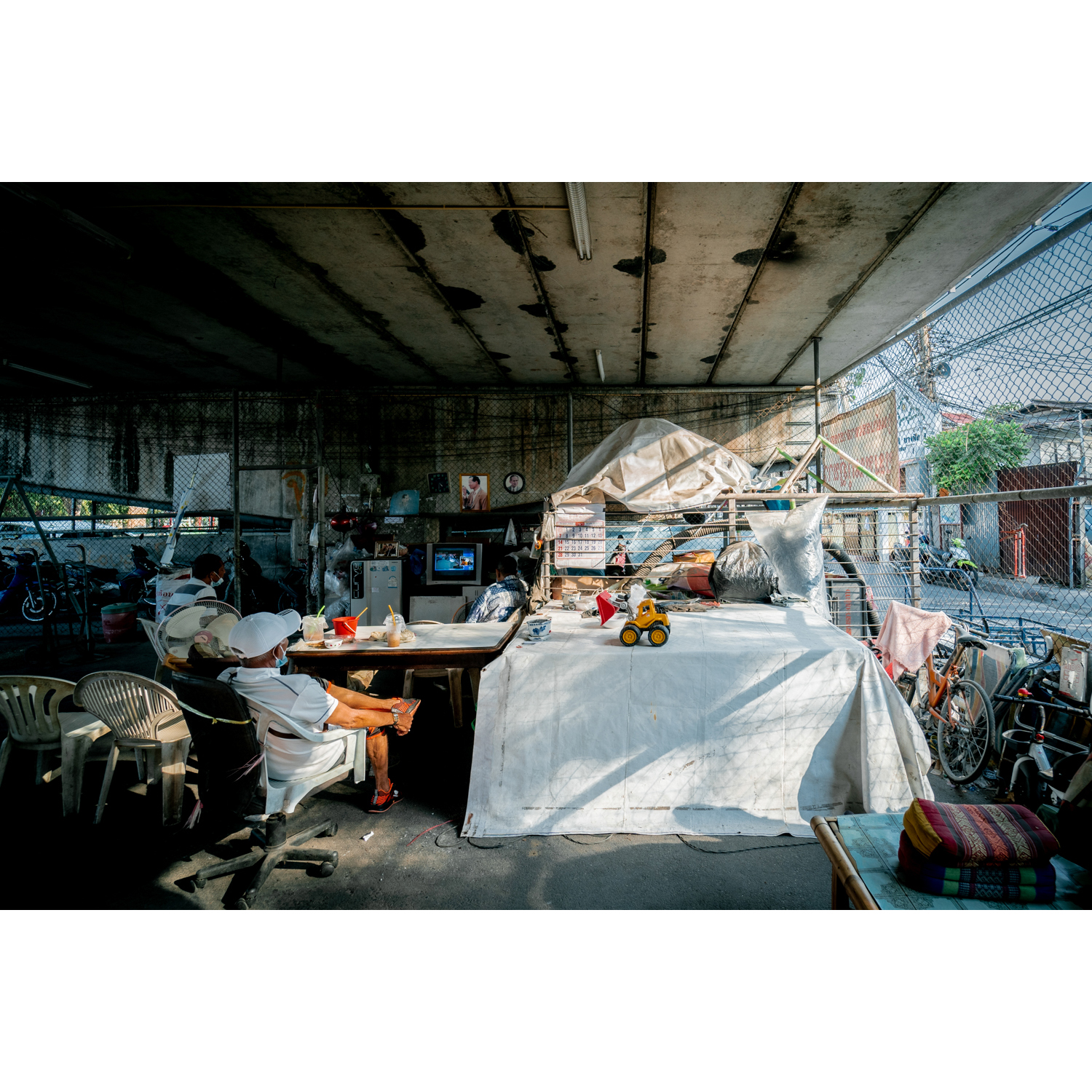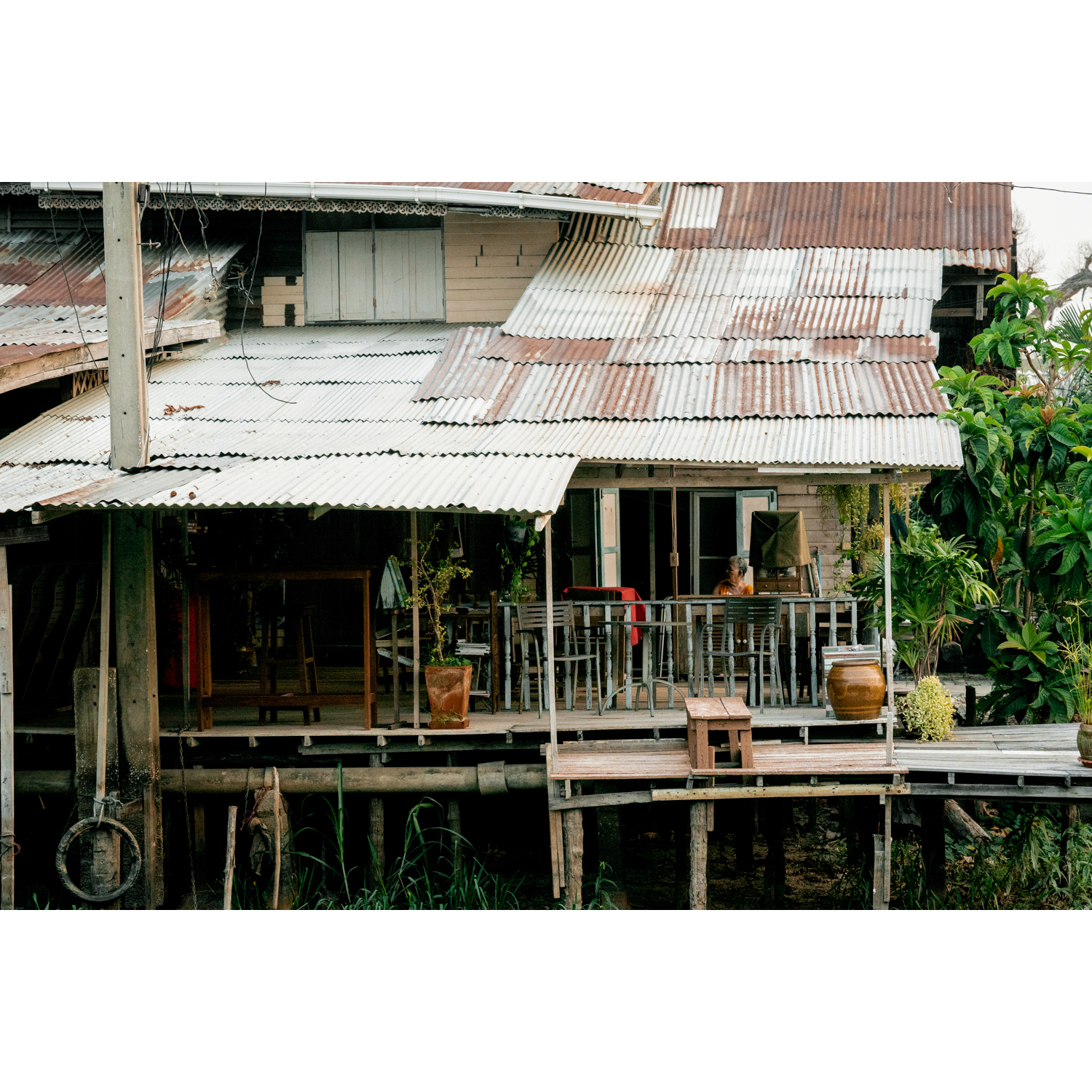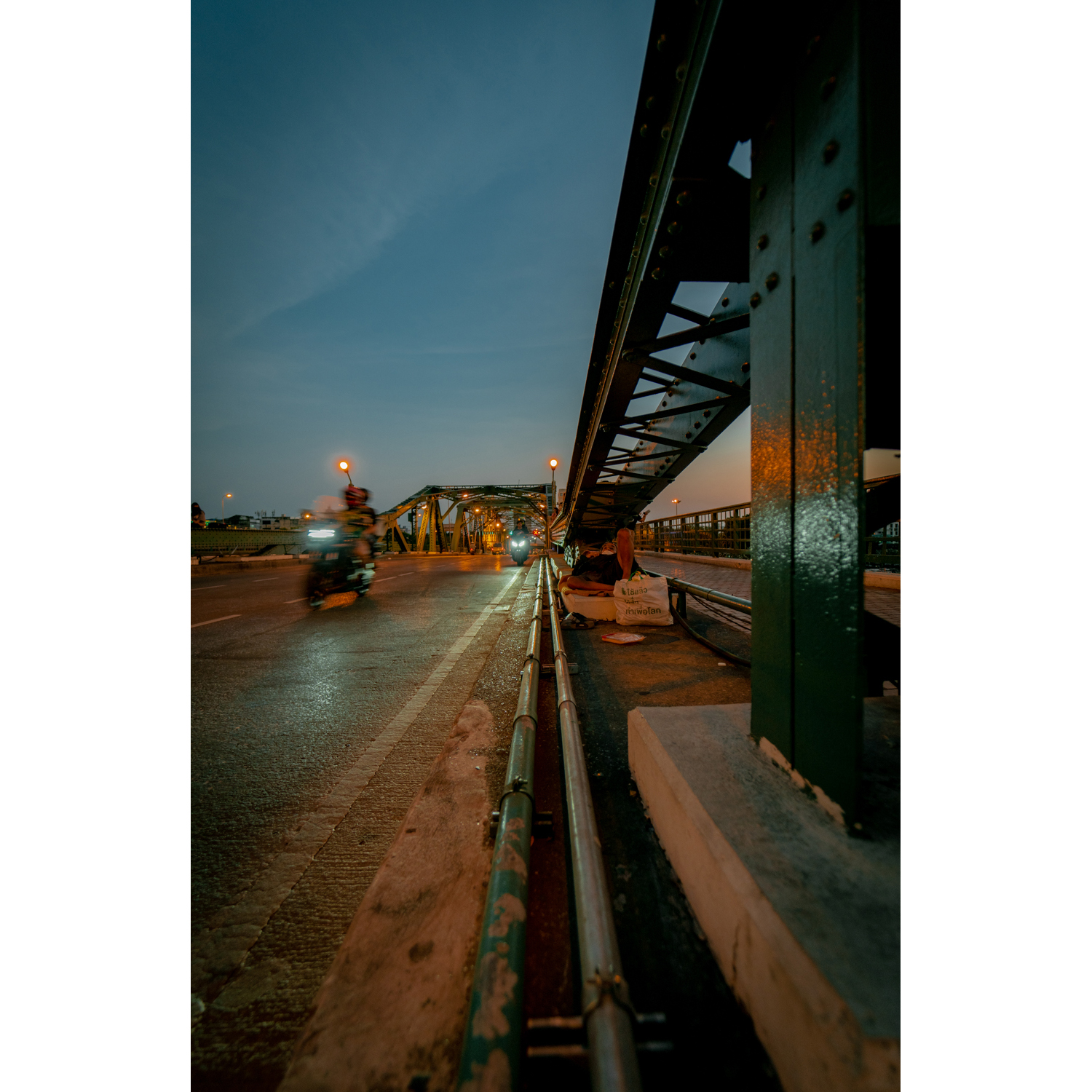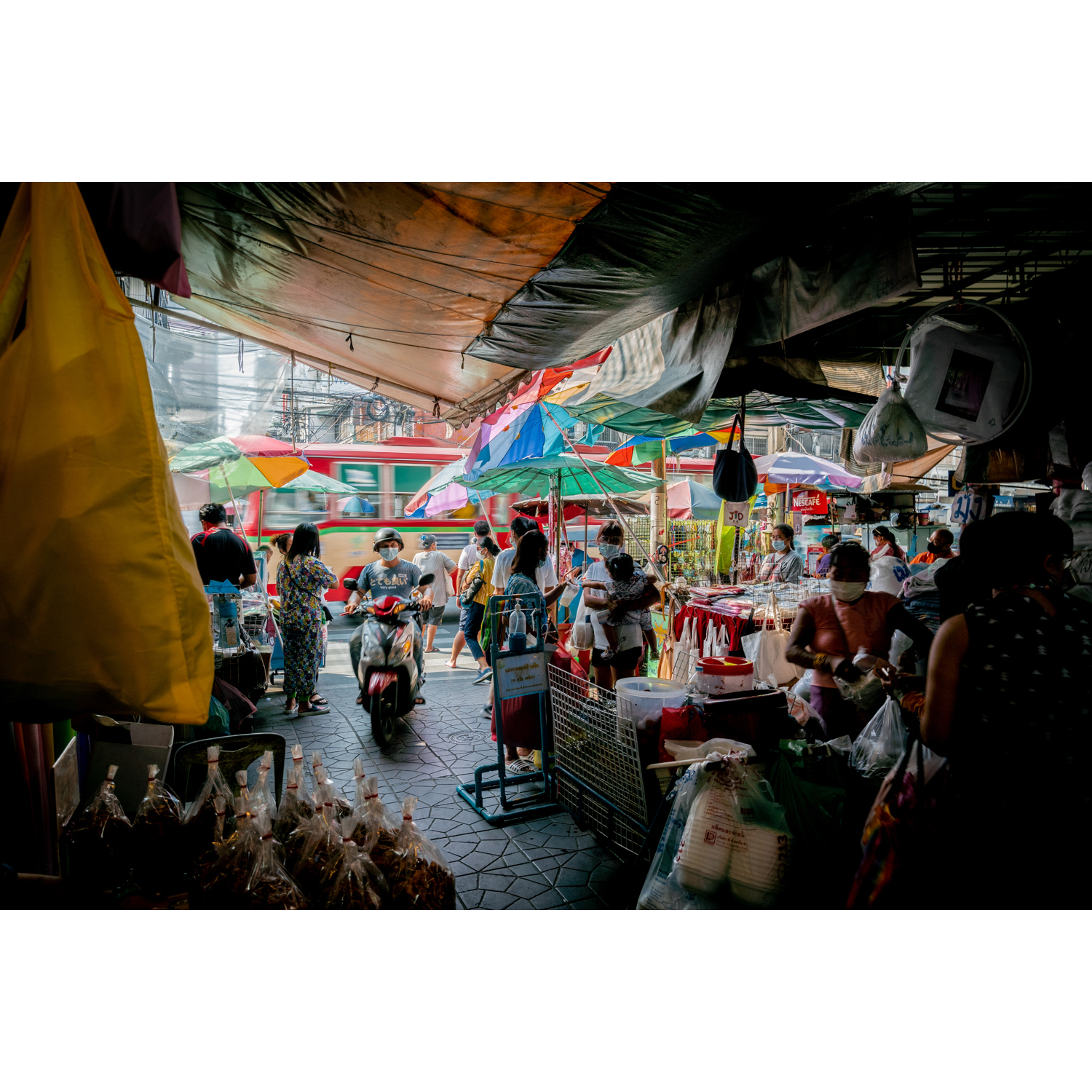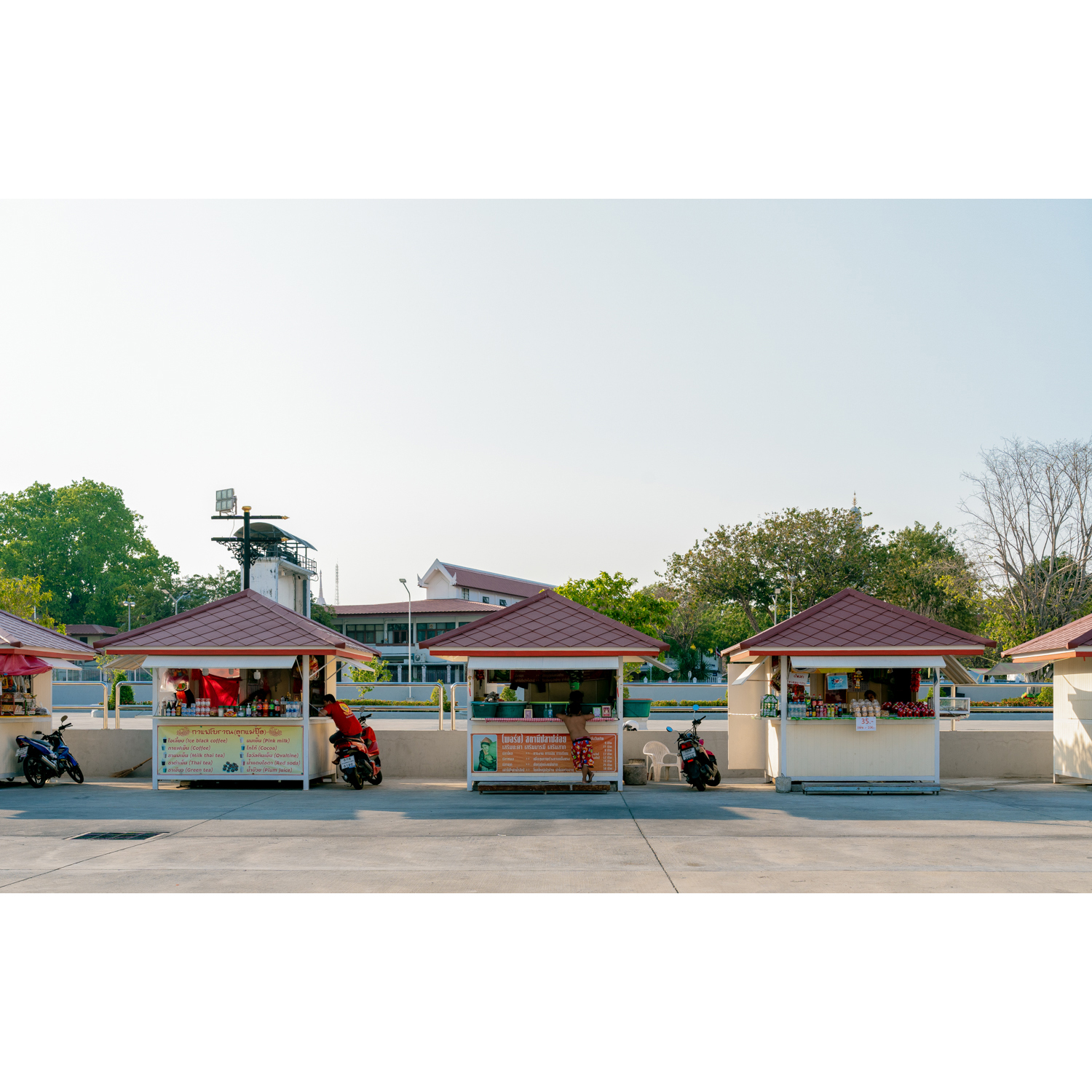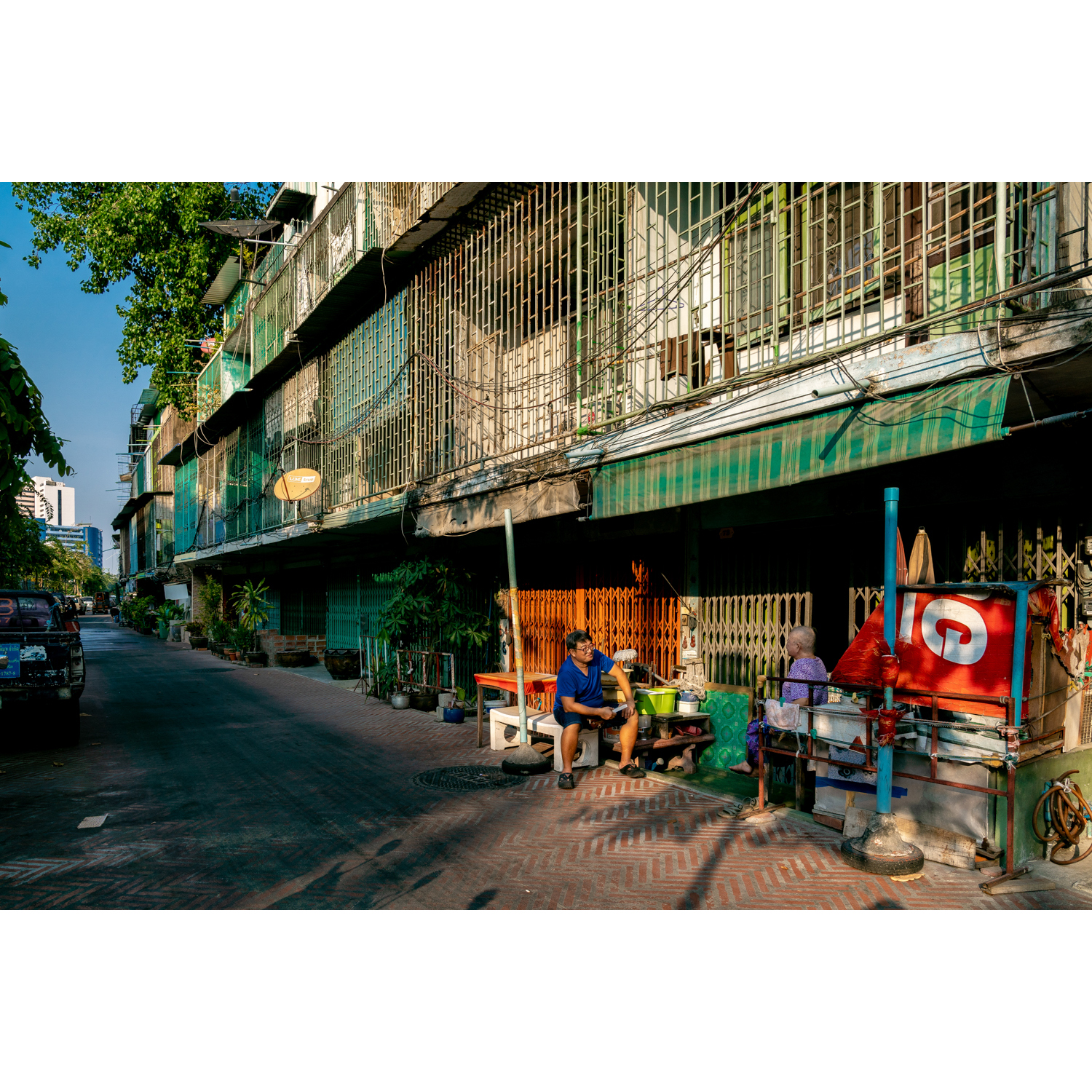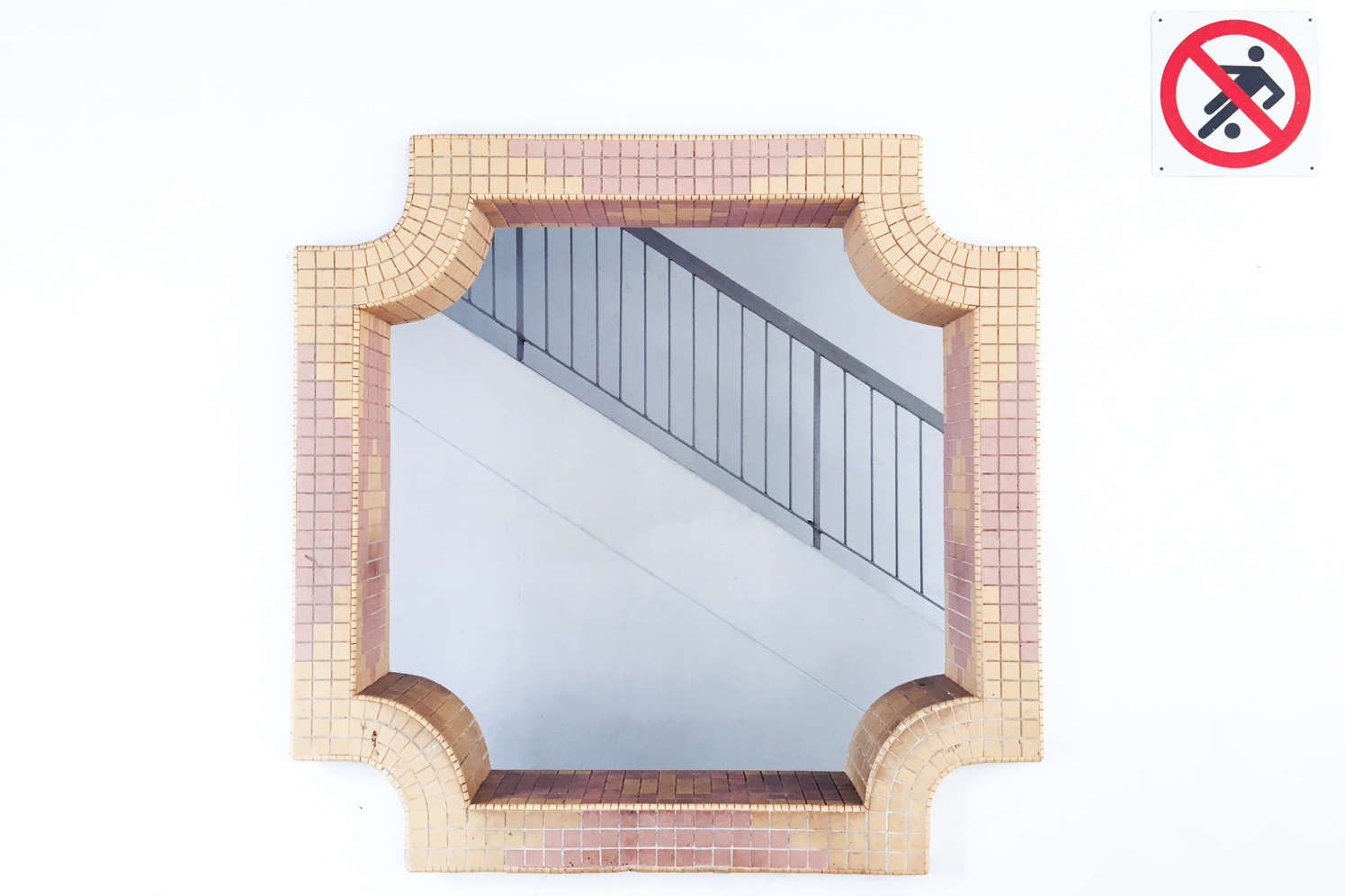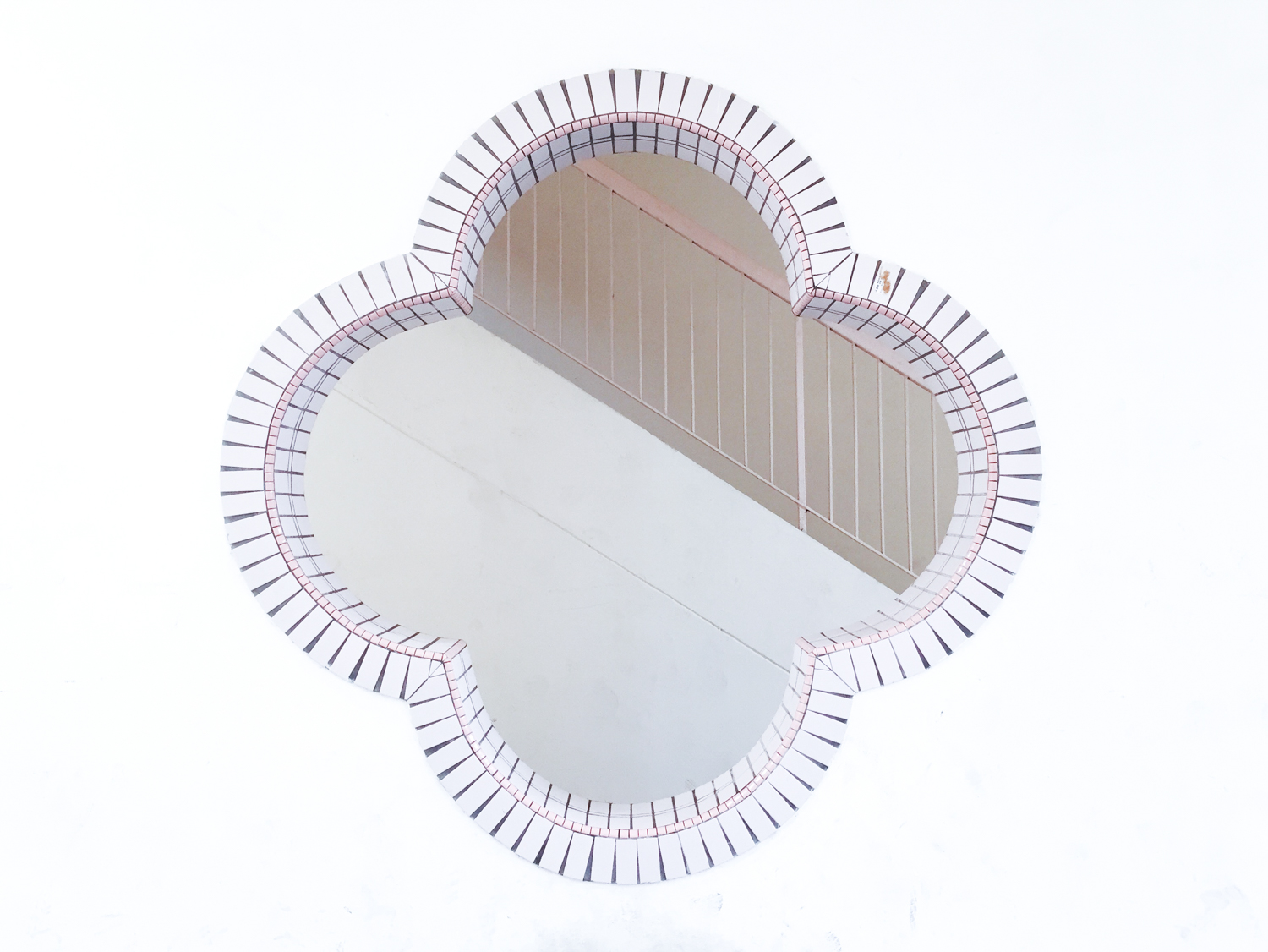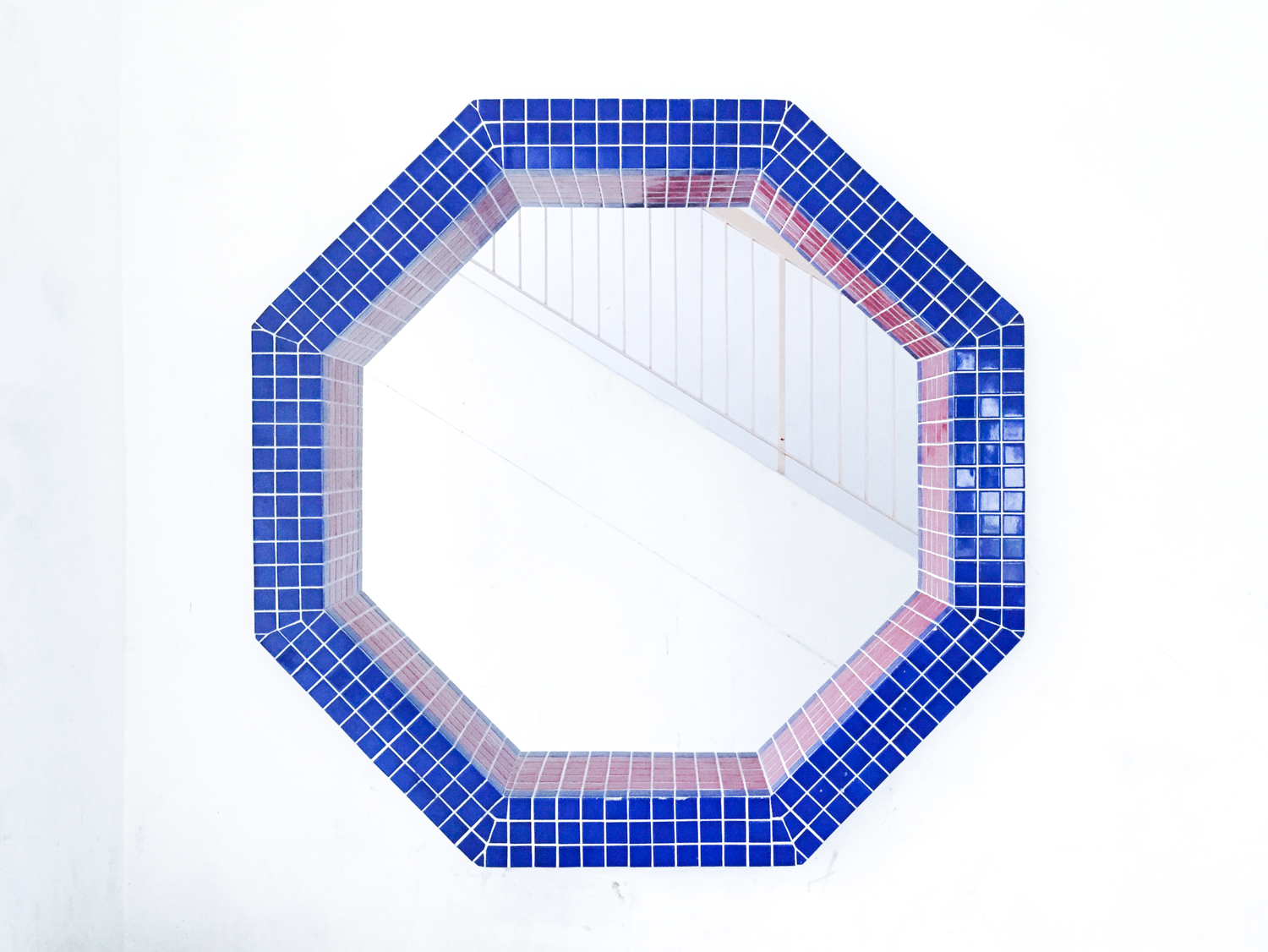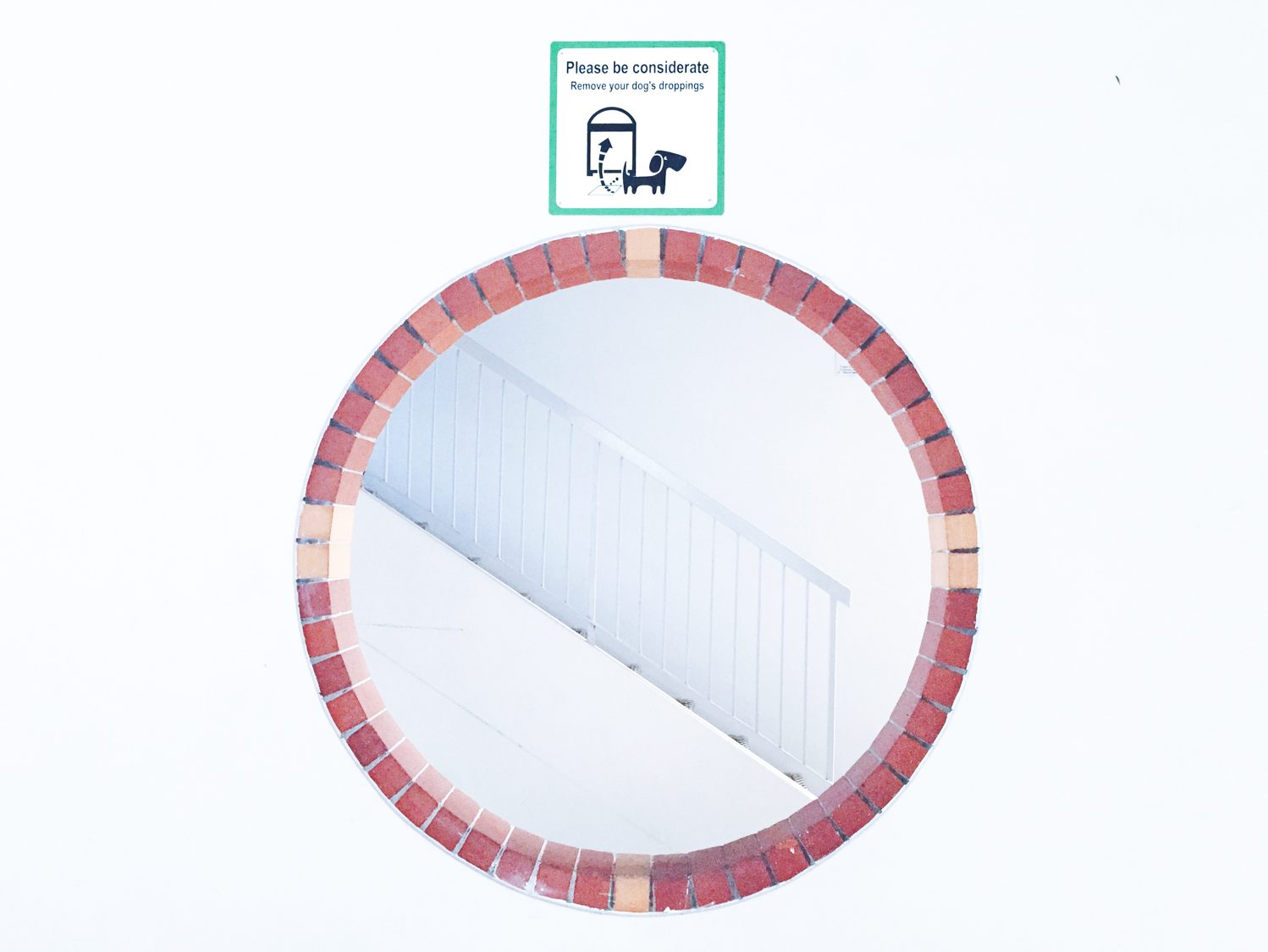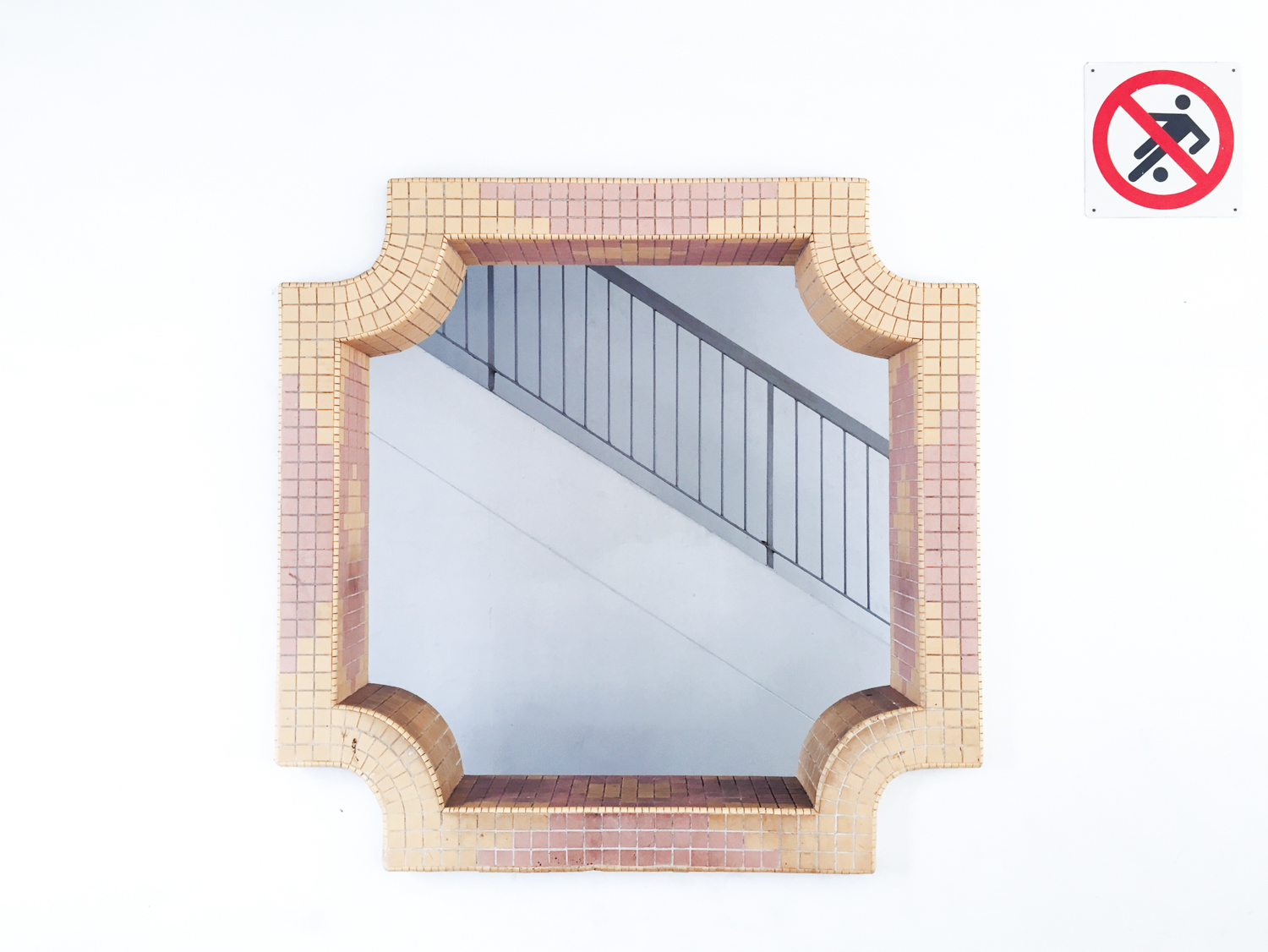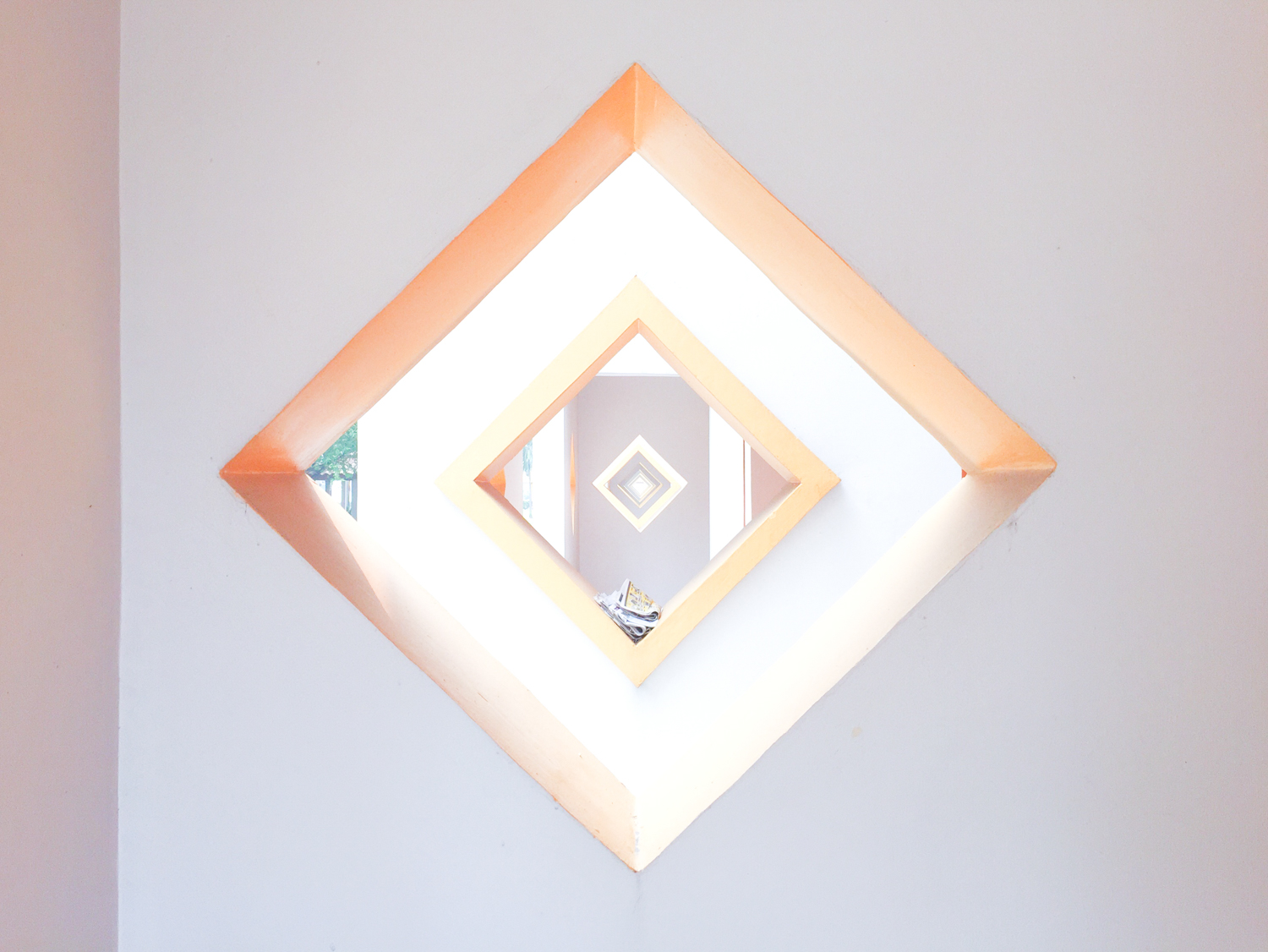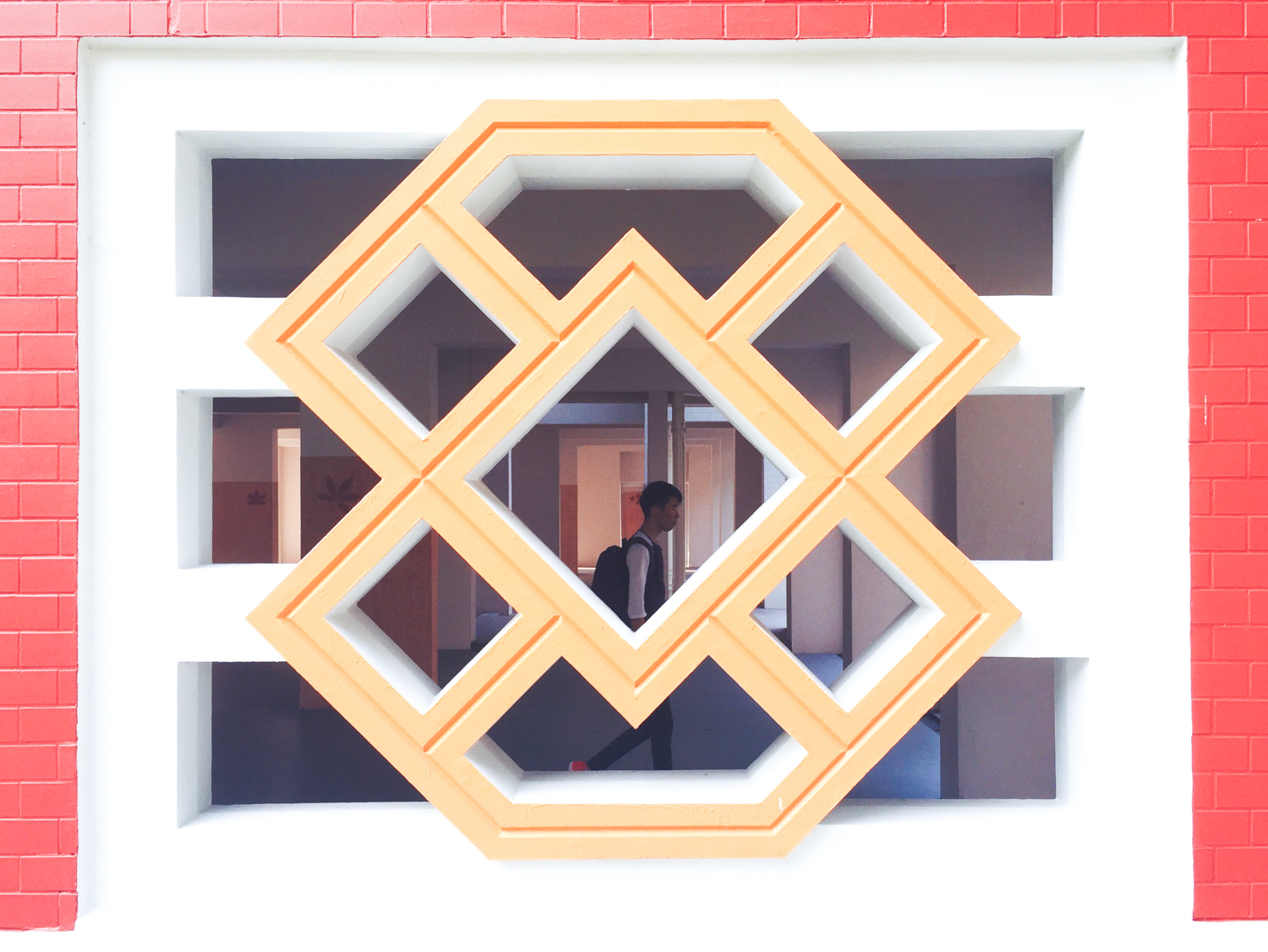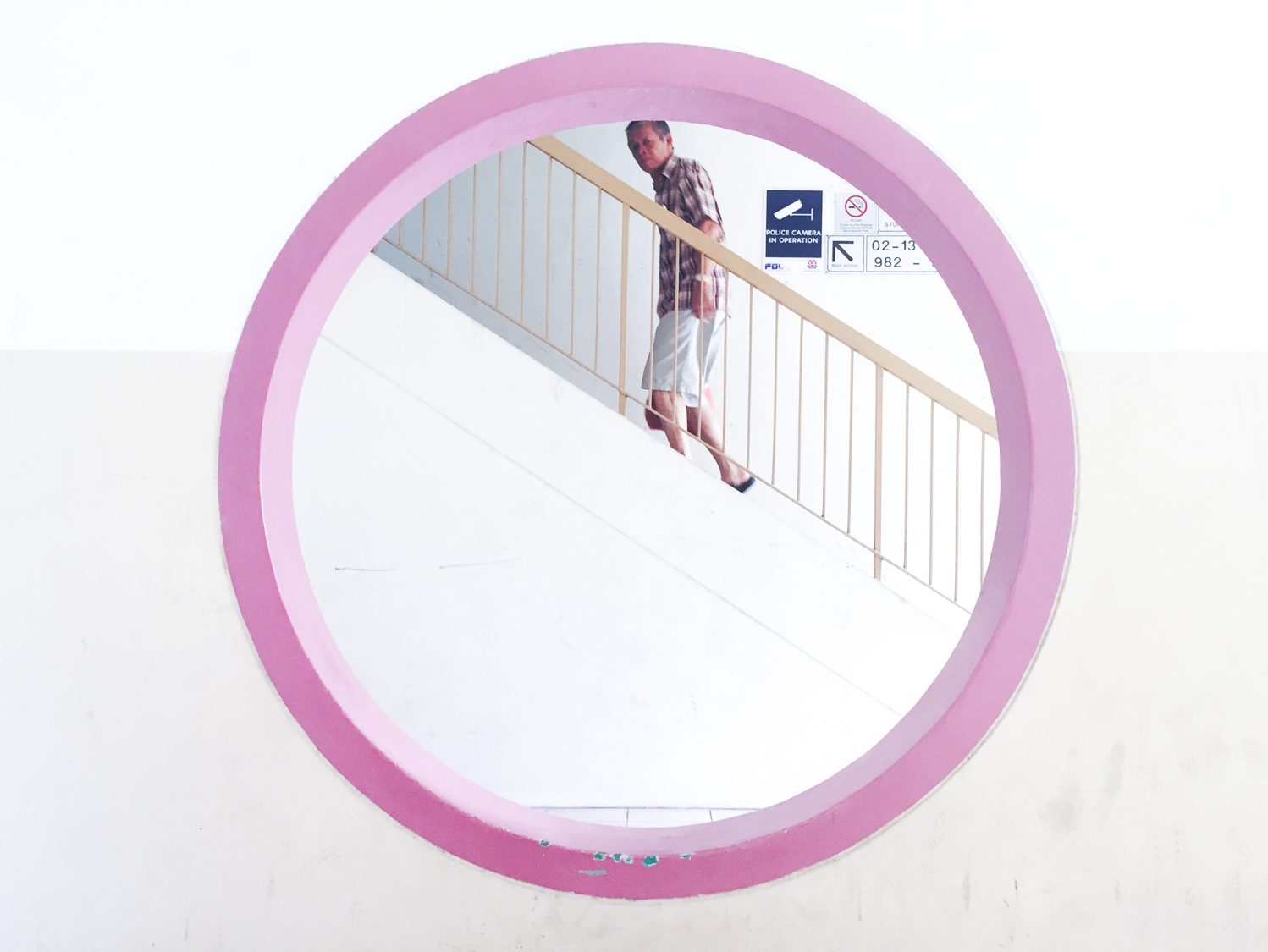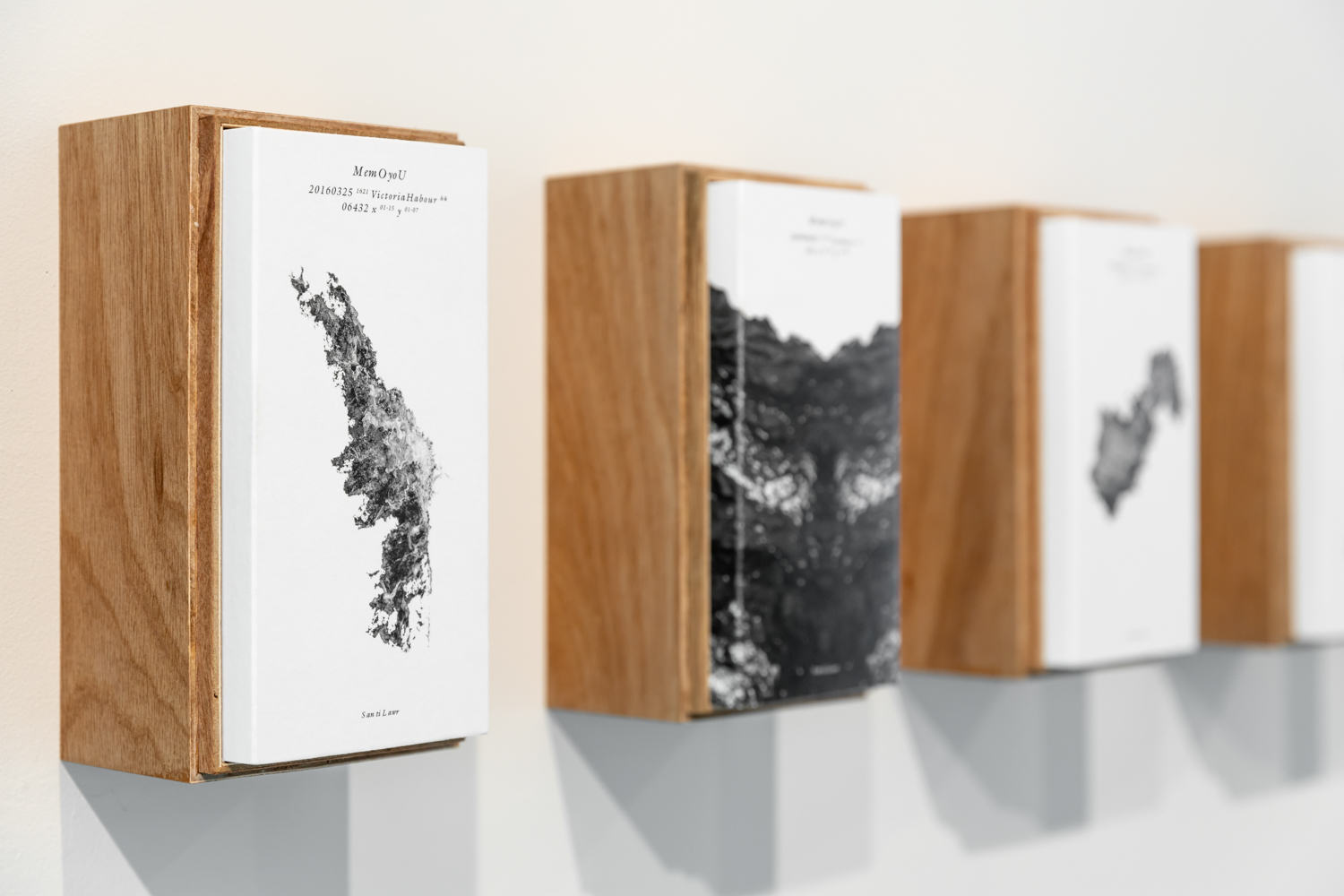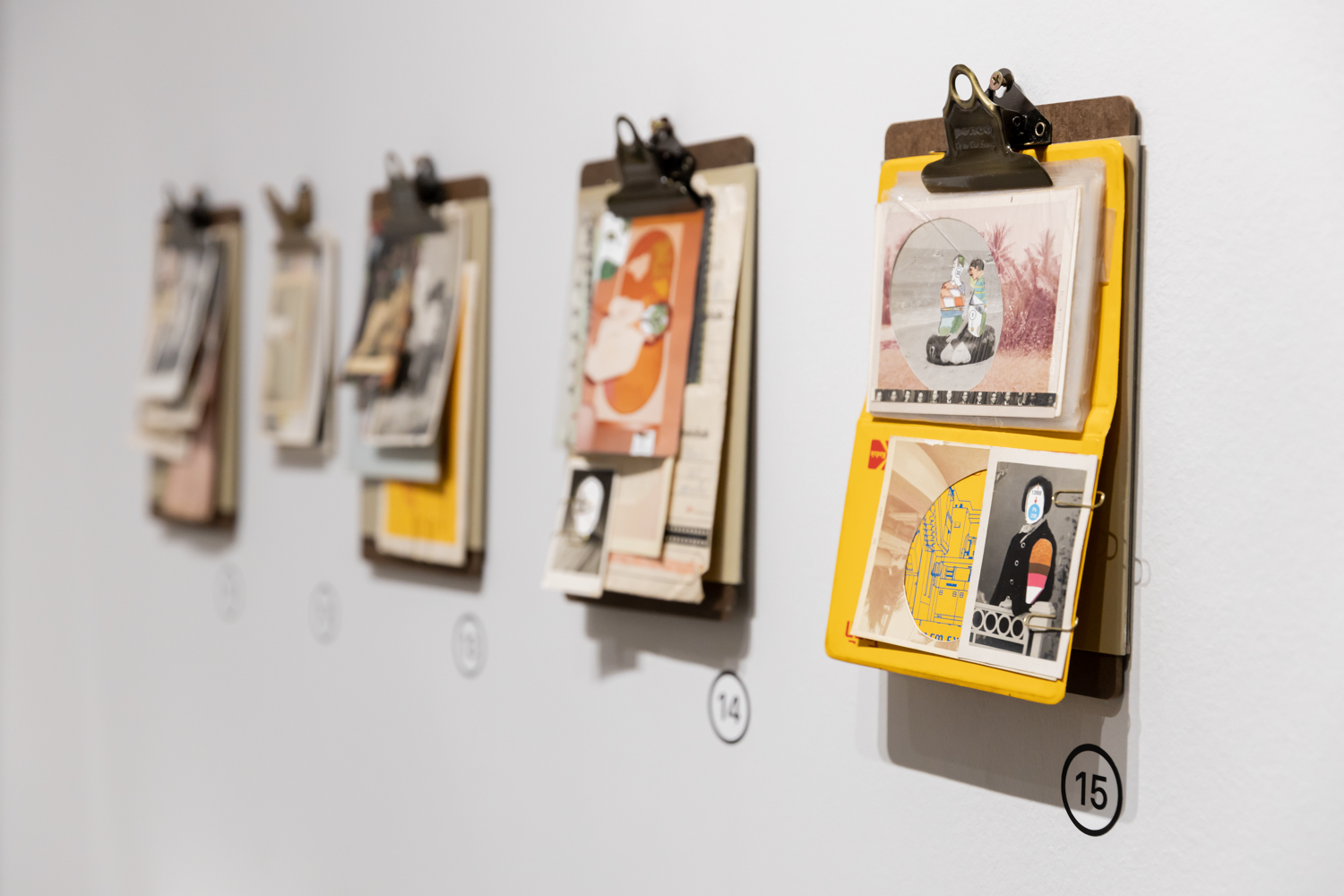ART4D SPEAKS WITH NAKROB MOONMANAS ABOUT HIS 1-YEAR ARTIST RESIDENCY IN PARIS AND THE EXPLORATION OF THE NEW TERRITORY OF ART AND HIMSELF
Read More
Tag: photography
PHOTO ESSAY : BETWEEN US
TEXT & PHOTO: KUNLANATH SORNSRIWICHAI
(For Thai, press here)
I’ve always thought about encouraging my daughter to develop new skills. I would teach her things at any given opportunity, and she would learn them. There’s no right or wrong, no rules, its just about doing what she wants to do. As long as it’s something good and it makes her happy, she can keep on doing it. That’s why she takes out the camera and always comes back with all kinds of stories.
“There’s always something interesting to be captured in things around you. Try looking around. Each person has their own view of the world. It will be fun.”
It’s been almost four months since that day. We’ve been having fun and we’re really happy.
_____________
Kunlanath Sornsriwichai studied art education, works in design, hence the love for both art and design, and is fond of the peace and silence in Suan-Yen, Mae Taeng, Chiangmai.
PHOTO ESSAY : SCALA IN MY MEMORY
TEXT & PHOTO: AMATA LUPHAIBOON
(For Thai, press here)
I first found out about Scala when I was in my first year of high school. Back then, Triam Udom Suksa School, the school I went to, didn’t have any classes during the Friday afternoon period. It gave me the opportunity to see all kinds of movies at different stand-alone cinemas that were being operated at the time, from Scala, Siam to Lido and Maccanna all the way to Washington on Sukhumvit Road, which happened to be on the bus route I took to get home.
My familiarity and sense of closeness with Scala was like friends who are the same age since Scala was opened in the year I was born. I could only go to the cinema on Fridays during high school. When I entered university, it became a lot more frequent and convenient. I could go to see a movie pretty much any time I wanted just by walking to Siam, seeing a film before coming back to class. When I started working, I would still come to Siam Square to see a movie almost every week. When the film was over, I would walk to the nearby New Light restaurant and have a meal. This was the routine I repeated hundreds of times.
But time passed and stand-alone cinemas were gradually closing down. After the fire incident of Siam theater in 2011, the only stand-alone establishments left were Lido and Scala. Lido was attempting to adapt to compete with the multiplexes, slicing the theater into three smaller cinemas while Scala was showing new releases and films that were more mainstream. I personally preferred Scala partially because of my love for the ritual of walking up the stairway, buying a ticket and snack, sitting around at the foyer before the movie started to see people leaving the prior session and observing their faces and reactions, entertaining myself with the idea of who seemed to like or dislike the film, and who fell asleep. The staff there remembered me, they knew that I liked to buy a box of colon snack and a bottle of water before going inside the cinema, and the ticketing staff would knew my favourite seat.
On the day Lido had its last screening, I went and said goodbye to all the staff. Some said that they wouldn’t be relocated to Scala since there wouldn’t be enough positions anyway, and some were planning to go back to their rural hometowns to their families. That last night at Lido, many were secretly speculating about the imminent and sadly similar fate of Scala.
In these past several years, there were efforts made by several groups of people to educate the general public about the significance and beauty of Scala. These endeavors hoped to urge Scala’s owner and the general public to recognize and support the conservation of the theater, something that would buy many more years and eventually save Scala from being dismantled. The Thai Film Archive hosted the World Class Cinema program with the screening of classic films. On the day of The Godfather’s screening, the crowd exceeded the seats and many had to sit on the stairs to watch the film. Grandmothers showed up with their children and grandchildren and people from every generation were part of the cinema viewing experience that happened there. That afternoon, Scala was the liveliest it had ever been. Two years ago, some lighting designer fellows of mine curated ’The Wall’ lighting installation, illuminating every column and the stars on the ceiling were accentuated by the casted lights, revealing their gorgeous outlines. The foyer stood out with the colors of the lighting on the walls and ceiling. Inside the cinemas, the lighting installation was accompanied by music which had been composed and arranged specifically for the occasion.
I did a presentation to portray the architectural and cultural significance of Scala, and tried to propose a number of ways for the building to be conserved with a few adjustments to the program for it to be more contemporary, knowing it wouldn’t be able to survive from its operation as a theater alone. To broaden the possibility of generating additional income, I suggested the possible retail spaces that would complement Scala’s operations. I included examples of stand-alone cinemas from around the world that have successfully adapted and attempted to stay sustainable. Eventually, I met with the people and agency whose role directly involved the existence of Scala. They listened, but by the look in their eyes, I knew that what I’d been trying to say never really stayed with them because it didn’t meet the initial goal they already had in mind.
COVID-19 hit not long after that and Apex needed to let Scala go sooner than it had planned. Decoration was stripped off from the building. I felt like they intentionally wanted to make Scala look more deteriorated; devalued somehow, so that the day it was actually going to be torn down, the resistance wouldn’t be too much to handle. Last week, a friend of mine who shares the same love for Scala sent me pictures of the wreckage from the demolished cinema. On the day when this article is being written, there is absolutely nothing left. I won’t write an elaborate sob story about Scala anymore. Everything has its own ending. Like stories in films that eventually have to come to an end. The hope for Scala to survive has in reality, always been so little. She was like my close friend who was going through a serious illness for a long time. There were days that seemed hopeful, and there were days when I realized she would never make it. But I choose to remember the days when my friend was the most beautiful and vivacious. That’s how I will remember Scala.
_____________
Amata Luphaiboon is an architect and co-founder of Department of Architecture Co.
PHOTO ESSAY : BANGKOK DEEMED
TEXT & PHOTO: CHATCHAVAN SUWANSAWAT
(For Thai, press here)
Ever since I was a child, I’ve always lived in Bangkok, and never moved anywhere. My parents were quite protective of me and didn’t let me go out that much. When I grew up, it turned out that the restraint from childhood has become some sort of a complex that urges me to walk around Bangkok as much as I can now that I’m an adult. I always find weekend city walks to be exciting and addictive. I like to keep on walking, sometimes with a destination in mind. At times, I would just wander aimlessly. The walk always leads me to unusual places and things, born out of unintentional clashes between humans and nature, all struggling to survive in the city that many both love and hate.
_____________
Chatchavan Suwansawat is an architect and occasional writer. He wrote ‘Architect-Jer,’ the book that talks about the quintessential Thai characteristics through design objects created by people living in the city. He founded Everyday Architect & Design Studio where he works on architecture and its relation to his interest in Thai-ness.
facebook.com/everydayarchitectdesignstudio
facebook.com/viewtiful.chat
instagram.com/chutcha_crowbar
WE SEE OUR SOULS BETTER IN THE DARK
TEXT & PHOTO: WAN CHANTAVILASVONG
(For Thai, press here)
I was traveling alone on a cloudy and misty day when I found myself in a total serenity among the Ajanta caves: a world heritage site that Buddhist monks had lived in over a thousand years ago. The caves and the structures are what is left from an arduous act of digging on the stones. The deeper into the mountains, the dimmer and more blurry the light becomes one with the darkness. There, in the darkness, sit small dark rooms surrounding the main hall. Each room is a void absence of light, which is left for us to contemplate on the nature of our souls.
In this darkness, 2 craftsmen used their small lights to prolong the life of these dark voids that enrich the nature of our souls.
_____________
Wan Chantavilasvong is a city planner and a researcher, who cherishes photography as her serious play. Her photography often portrays the similarities and differences of the environments and the lives of people in different parts of the world.
BELONGING: PORTRAITS FROM LGBTQ THAILAND
DELVE INTO THE DIVERSE GENDER IDENTITIES FROM ALL AGES, ETHNICITIES AND PROFESSIONS IN THAILAND IN A PHOTO BOOK BY THE WORLD-RENOWNED PHOTOGRAPHER STEVE MCCURRY
PHOTO ESSAY : BANGKOK URBAN STORIES
TEXT & PHOTO: HIROTARO SONO
(For Thai, press here)
I always try to find the stories hidden in the details when I walk in urban spaces.
Especially about the relationship between spaces and people.
“Why does this space seem comfy?” “What element makes an atmosphere like this?”
Urban Spaces are created by humans. So it is full of someone’s ideas.
And the amount of ideas are too much to understand in a second.
So if we want to enjoy our urban walk, we have to fully concentrate to catch these ideas and stories hidden in an urban space.
I shoot when I feel like I am able to notice stories,
for my inspiration to design architecture,
and for my happiness to be shared with someone.
This is my point of view.
And this is my Bangkok.
_____________
Hirotaro Sono (Hiro) is a Japanese Photographer one who captures and shares the emotion of space and people. and an Architect one who designs the emotion of space and people.
PHOTO ESSAY : YOUR HOUSE DOWNSTAIRS
TEXT & PHOTO: JONATHAN TAN
(For Thai, press here)
Singapore is known for quality public housing where more than 80% of Singaporeans stay in Housing Development Board (HDB) flats. What is lesser known are the architectural wall features at the void decks of HDB flats. This “hole-in-the-wall” feature comes in various shapes and bright pops of colours which jazzes up the void decks, common spaces for Singaporeans to gather. While they are more commonly found in older flats, these “holes” are recognisable by Singaporeans as part of Singapore’s landscape and heritage.
This series aims to compile these “holes” that are found in what Singaporeans would colloquially describe as, “your house downstairs”.
_____________
On his occasional free time, Jonathan dabbles in creative side projects. His photography works like “Singapore Pantone” and “Your House Downstairs” gained coverage across local and global publications. Most of his work stems from the belief that you can find art all around us, especially in the sights that often go unnoticed just because we see them every day.
Jonathan currently works in advertising at 72andSunny Singapore as a Senior Brand Manager. Despite being in a non-creative role, Jonathan believes that everyone has a creative side.
cargocollective.com/jontan
facebook.com/jontannn
instagram.com/jontannn

